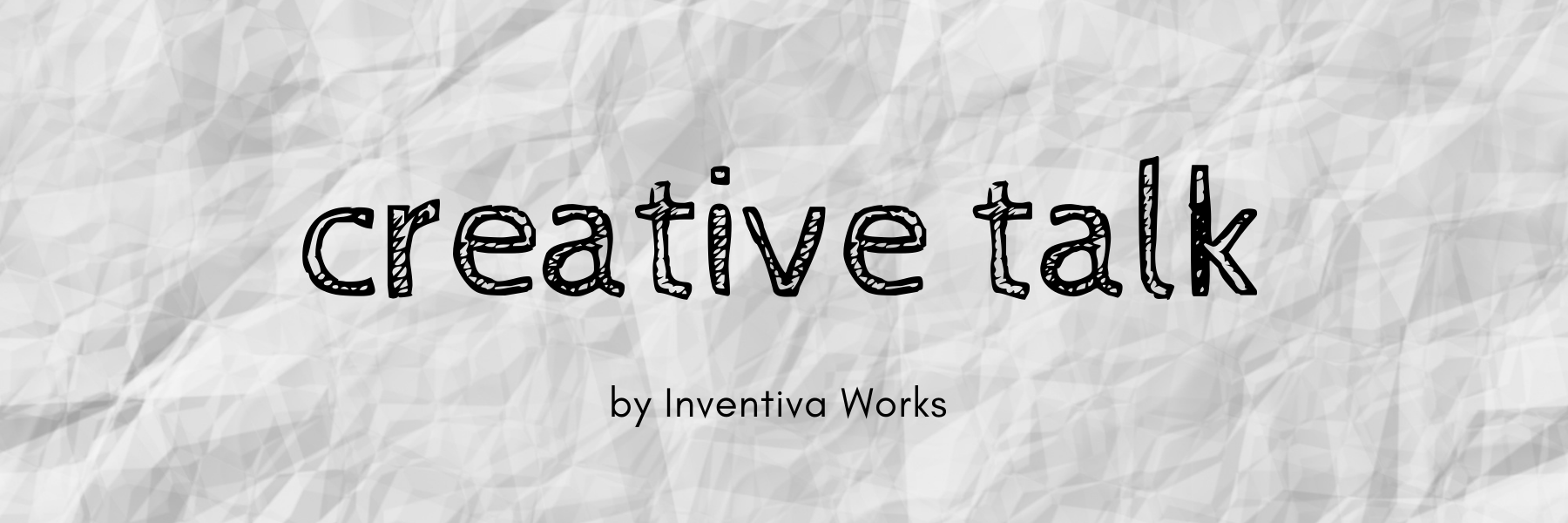
Cinco Razones para Tomar una Clase de Arte - ¡Ya seas chico o grande!
Bienvenidos y bienvenidas a mi blog Creative Talk o Platica Creativa, y muy feliz año 2022!
Todos los niños son naturalmente creativos, pero si su creatividad no se fomenta pueden llegar a perderla a medida que van creciendo.
Cada niño es un artista. El problema es cómo seguir siendo un artista una vez que crecen.
—Pablo Picasso
Ya sea que aspires a ser un artista, un padre o madre deseando proveerle a su hijo con oportunidades creativas de aprendizaje de arte, o alguien que simplemente disfruta de actividades artísticas como un pasatiempo, el tomar clases de arte es una maravillosa manera de conectar con tu propia creatividad y disfrutar todos los beneficios que las experiencias artísticas proveen.
Clase de Dibujo de Manga Japones, 2022.
Estas son las cinco razones que se me ocurren para que cualquier persona tome Clases de Arte con Inventiva Works:
Explora Nuevas Habilidades. Aprender algo nuevo es bueno para tu cerebro además de que puedes descubrir talentos escondidos que tal vez no sabías que tenías!
Socializa y Construye Comunidad. Aprender y trabajar en pequeños grupos es una excelente oportunidad de conocer otros miembros en la comunidad que también disfrutan de experiencias artísticas como tú! Esto permite que también se desarrollen nuevas redes sociales entre los participantes de la clase.
Conócete a ti mismo. Cuando te vas poniendo retos durante tu práctica artística te darás cuenta de que el arte es una manera de expresar tus emociones y una buena oportunidad para la introspección. El trabajar con tus manos y ser inventiva o inventivo conduce a tu bienestar. Las clases y los talleres de arte también son una gran oportunidad para tomar tiempo para ti misma.
Empoderate. El aprender con la guía de una maestra profesional te permitirá tomar riesgos creativos más grandes. Muchos de mis estudiantes me han escuchado decirles “Tú puedes hacer esto, sólo necesitamos dividir el proyecto en pequeños pasos.” Ya sea que hayas tenido una experiencia previa con clases de arte o no, nuestros talleres están diseñados para que cada participante entre en su zona creativa.
Te llevarás contigo una pieza de arte. Al final de tu taller tendrás una pieza terminada que podrás llevar contigo para mostrarles o regalarles a tus familiares y amigos. ¡Ademas de que podrás presumir tu nuevo super-poder!
¡Checa las Fotos de Nuestros Talleres de Pintura y Manualidades Anteriores!
Pero tal vez la razón más importante por la que te puedo recomendar que participes en nuestras clases y talleres es porque todas nuestras clases son enseñadas en español y diseñadas alrededor de las artes y la cultura Latinoamericana. Porque en Inventiva Works creemos que las artes son una herramienta muy importante para preservar nuestra identidad cultural y nuestro lenguaje, y pasarlo a las generaciones más jóvenes.
Me gusta pensar que en Inventiva Works somos más que sólo una clase de arte; somos una comunidad de almitas creativas divirtiéndonos durante nuestros talleres. Checa nuestros nuevos talleres de manualidades que ofreceremos para niños, jóvenes, y adultos, e inscríbete hoy para unirte a la diversión!
¡Mira Nuestras Nuevas Clases!
Cuéntanos, ¿cuál crees que es el beneficio más importante que has tenido cuando has tomado clases de arte? Comparte con nosotros tu experiencia.
Y no te olvides de suscribirte a nuestro boletín informativo, darle Like y Seguirnos en nuestras redes sociales para que estes al tanto de nuestros proyectos y actividades creativas.
Si quieres leer la version en inglés de esta publicación la puedes encontrar aquí.
En esta pagina queremos compartir información, ideas y opiniones. Pero nos reservamos el derecho de remover comentarios con lenguaje profano, ataques personales, promociones comerciales, material de campañas políticas, información irrelevante, y publicaciones inapropiadas. Los comentarios publicados en esta pagina reflejan las ideas y opiniones de los individuos que publicaron el comentario y no necesariamente los puntos de vista de Inventiva Works.
Five Reasons to Take an Art Class – Whether you are a grownup or a child!
Welcome back to Creative Talk and happy 2022! The Spanish version of this blog can be found here.
Kids are naturally creative, but if their creativity isn’t fostered, they begin to lose it as they grow into adults.
“Every child is an artist. The problem is how to remain an artist once we grow up.”
—Pablo Picasso
Art classes are a great way to foster the love for the arts in kids and adults. Our creativity is like a muscle that we must exercise consistently to improve it.
Whether you are an aspiring artist, a parent wishing to provide your child with creative opportunities to learn art, or someone who enjoys artistic activities as a hobby, taking art classes is a wonderful way to connect with your own creativity and enjoy all the benefits that artistic experiences provide.
Taller de Dibujo de Manga. 2022.
Here are five reasons I can think of for anyone (big or small) to take an Art Class at Inventiva Works:
1. Explore New Skills. Learning something new is good for your brain and you might uncover hidden talents you did not know you had!
2. Socialize and build Community. Learning and working in small groups is an excellent opportunity for getting to know other members in the community that enjoy artistic experiences like you!
3. Get to Know Yourself. As you challenge yourself through the artistic practice you will find that art is a great outlet for emotional expression. Working with your hands and being inventive is good for your well-being. Art classes and workshops are a great opportunity to take time for yourself.
4. Empower Yourself. When you learn along the guidance of a professional teacher you will allow yourself to take bigger creative risks. Most of my students hear me say to them “You can do this; we just need to break it down.” Whether you have had a previous experience with art classes or not, our workshops are designed so that each participant ease into their own creative zone.
5. You will have an art piece to take with you. At the end of your workshop you will have a finished piece that you can take with you to show or gift to your friends and family! And you can show off your new super-power!
Our Previous Classes
But perhaps one of the most important reasons why you will want to participate in our classes and workshops is because they are all taught in Spanish and designed around Latin American arts and culture. Because we believe that the arts are crucial to preserve our cultural identity and language and pass it along to the younger generations.
I like to think that at Inventiva Works we are more than just an art class; we are a community of creative souls having fun during the workshop.
Check Out our New Classes!
Take a look below at the workshops we offer for kids and adults and join the fun!
We want you to share information, ideas, and opinions on this page. But we reserve the right to remove posts containing profanity, personal attacks, commercial promotions, political campaign materials, irrelevant information, or posts otherwise deemed to be inappropriate. The comments posted on this page reflect the opinions of individual posters and do not reflect the views of Inventiva Works.
Best Exercises to Overcome a Creative Block
Creativity block is like the flu; you will get it at some point and it is an inconvenience. And it will take some days before you become productive again. So, use downtime wisely and remember to take a deep breath.
I don’t know any artist that never has experienced a creative block, so, if you are going through this phase, don’t panic and remember that this too shall pass.
But what do you do in the meantime?
Experts from Artsy recommend the following exercises. But do they work?
Clean Your Studio. I have done it, and it works for me. However, I would not take this approach if I am on a tight deadline.
Copy and Create. Yes, I have done this, and it’s amazing how you start trying to recreate someone’s technique, and soon enough, you start adding your style. This exercise has worked for me.
Try a Different Medium. I am lucky that I get to play with all kinds of mediums. Switching mediums has worked for me, too, including changing tasks. This is especially relevant when I am making costumes because, at some point, the process becomes too repetitive and dull.
Start a New Project. It can help, but I would not recommend using this strategy if you are running out of time.
Focus on the Process. To me, remembering this is crucial to keep my sanity and my heart on my work. I know there are many opinions on what is more valuable if the trip or the destination. I value the journey a lot more.
Creative Block!
But what if you get a creative block and you are on a deadline?
I understand your pain, I’ve been there. I have found that displaying any inspirational images and early sketches around your studio helps keep your mind in the game.
When I work on a project, I like to immerse myself in that world, so displaying my work visually around the walls helps me.
Sometimes I get creative block because I am too excited about a project, so working with music helps me bring down my emotions and keep a good mood.
Anxiety is a significant factor in getting a creative block, knowing yourself, and what triggers your stress is essential. What has worked for me is to organize my time first, so I don’t have the uncomfortable feeling that I forget something. Second, I make lists of the tasks I need to accomplish and assign them a due date. Third, I breakdown my to-do list in baby steps. When I check off my tasks, I get a feeling of accomplishment. The lists are displayed in my office as a visual reminder of how far I have come.
One unusual idea I have practiced is to take a child’s drawing and “complete it or recreate it.” Not because you will make the kid’s drawing better (because kids have unique creativity that is unmatched). But because re-tracing their lines might help you reset your creative levels, and in the meantime, you will take your mind off your project.
Finally, for my last advice, plan before you get a creative block. I like to collect ideas when I am feeling creative, write them down on a journal, post-it notes, collect pictures in a folder, or use Pinterest. And when you are thirsty for new ideas, go back to this collection you have been accumulating. I’ve been doing this for over 15 years, and it has worked for me.
What do you do when you get a creative block? Share with us what has worked for you!
We want you to share information, ideas, and opinions on this page. But we reserve the right to remove posts containing profanity, personal attacks, commercial promotions, political campaign materials, irrelevant information, or posts otherwise deemed to be inappropriate. The comments posted on this page reflect the opinions of individual posters and do not reflect the views of Inventiva Works.
Female Artists That Have Influenced My Art
Do you remember your early art influences?
I remember very well the first time I saw an art piece and immediately felt like I belonged with that artist. It is almost like feeling at home when you see someone's artwork.
This is how I felt when I first saw the artwork of these talented women artists.
Female Artists Influences
These women have inspired me and moved me with their art.
Julie Taymor
I think I was about 17 years old when I first came across a movie on TV, Fool's Fire, I could not stop watching. Each scene was a festival of exciting and creative images, it was amazing! This movie was directed by Julie Taymor and was aired in 1992. Unfortunately, it is a hard movie to find if you can find a copy at all.
After seeing this movie, I did something that I never did before as a kid, I wanted to know who made it.
Once I knew who directed it, I became a fan and started following Julie's career, she never disappointed me.
Her following works like the Broadway Musical The Lion King brought tears to my eyes, that performance is perfection. She has directed so many opera performances and movies, and each one is uniquely brilliant.
“Innovation is using your imagination to go to places that people haven’t visited before. It’s really taking something that might be familiar and then transforming it. A lot of it has to do with transformation and creating a new taste, a new feel, a new experience.”
Remedios Varo
The first time I saw a painting by Remedios Varo, I was in college, and I could not stop looking at it. There was an exposition at the Art Museum in Mexico, and each painting was a treat to my eyes. Remedios Varo is a Spanish-Mexican artist that developed her unique surrealistic style in the 1940s.
My favorite painting is "Woman Leaving the Psychoanalyst." However, each one of her paintings is a fantastic story!
One fun fact about Remedios is that she supported herself through commercial illustration.
“Everything that she did or undid, however disparate that looked to an observer with prejudices, was done for what should be done, that is, with courage and without fear of consequences.”
Pictures with original sources from left to right, Frida Kahlo, Julie Taymor, Remedios Varo, and Marjene Satrapi.
Frida Kahlo
I know what you are thinking, everyone loves Frida! Yes, however, I did not always appreciate her art. I came to understand Frida's artwork when I was in my 20's. Her artwork is so emotional, so colorful, and so full of suffering. I visited Frida's museum in Coyoacan when I was in college, and I had mixed feelings.
For a long time, I hated that she had to be living in the shadow of Diego Rivera, I also hated that he made her suffer so much, and she stayed. But now, I think she did the best she could with the tools she had at her time, and I admire her strength.
Even though her work was not as valued back then, like the rest of the muralists in Mexico; she did not stop painting. Frida's paintings are a reflection of her emotions and her heart. My favorite painting is "The Two Fridas."
Fun Fact, Julie Taymor made an exquisite movie about Frida Kahlo's life.
“My painting carries with it the message of pain.”
Marjane Satrapi
I found out about Marjane because I read her autobiographical graphic novel Persepolis, and I loved it! The graphic novel depicts her childhood up to her early adult years in Iran during and after the Islamic Revolution.
The title Persepolis is a reference to the ancient capital of the Persian Empire. The book also became an animated movie. Persepolis is a captivating story, and the illustrations are beautiful.
“Culture and education are the lethal weapons against all kinds of fundamentalism.”
Do you have a favorite female artist? Share a link with her website so we can learn more about her work!
We want you to share information, ideas, and opinions on this page. But we reserve the right to remove posts containing profanity, personal attacks, commercial promotions, political campaign materials, irrelevant information, or posts otherwise deemed to be inappropriate. The comments posted on this page reflect the opinions of individual posters and do not reflect the views of Inventiva Works.
When Artists Give Birth to a Creative Concept
Most artists are familiar with the struggle of giving birth to a new idea. Still, when I talk to family and friends that are unfamiliar with the process, they think it is a straight forward path.
You know, like how everyone typically imagines how Isaac Newton came up with the theory of gravity by being bonked by an apple. Or, out of nowhere, the artist has this sudden lightbulb turning on and yelling, “Eureka!”
Far from Reality
The truth is that most of the time, producing a brilliant artwork or creative concept is more like… well, giving birth, if you ask me.
Now, I am a mother of two, so I know the gig of giving birth and let me tell you that it’s nothing like they portrait it on movies or TV. Giving birth is, typically, a long process, messy, has some setbacks, it’s emotional, and literally includes sweat, tears, and blood. And a lot of people are involved in this process.
The creative process is like that; you are hired to work on a project, meet with the director and production team to discuss preliminary ideas, and take notes. You go back to your studio to start working on ideas and designs.
And Bam! You got nothing… You are blank.
You do not freak out (yet) because you still got time. You think of some exercises that will help you get inspired and get the creative juices flowing. But after a few days, you STILL got nothing!
Sometimes you will get inspired right away and come up with something amazing (lucky you!). But more often than that, you might get a creative block, or how I like to call it “creative constipation.”
Just Keep Pushing!
Anxiety + Perfectionism is the perfect combination to give you a creative block. So, you walk in circles around your studio, browse the internet for ideas, and go for walks to relax… and still nothing.
I’ve been there, it is especially painful when you have a deadline, ouch! You can’t sleep, but you are not necessarily productive by staying up just staring at a blank paper. You decide to start doodling anything. You hope that doodle magically will transform into whatever you need that you don’t even know—still nothing.
After a few days of not sleeping enough, not eating enough, 58 drafts, and going through life in a “zombie mode” by only hyper-focusing on your creative project, somehow something eventually clicks.
Maybe it’s something someone said, or something you saw, who knows! But you got it!
And just like when you feel your first contraction, you rush to the hospital, you also run to your studio once you feel that first wave of inspiration. And in my family, everyone knows to not interrupt me from the moment I enter into my “zone of creativity” because I won’t stop until it’s all out of my head. Except for going to the bathroom and getting a light snack, I will be glued to my desk.
And just like in childbirth, once the labor phase is over, you can enjoy the benefit of admiring your piece of art and smile with pride and show it to the world!
Doubt is part of the Creative Process
Have you ever experienced creative block? Share your experience and tell us how did you overcome it.
We want you to share information, ideas, and opinions on this page. But we reserve the right to remove posts containing profanity, personal attacks, commercial promotions, political campaign materials, irrelevant information, or posts otherwise deemed to be inappropriate. The comments posted on this page reflect the opinions of individual posters and do not reflect the views of Inventiva Works.
To Quit or Not to Quit Your Full-Time Non-Creative Job?
That is the question, and the answer is… it depends.
However, the answer boils down to this:
To Make a Living Doing Art, You Need to See it as a Business.
I know this is a hard pill to swallow for most of us, artists, and I know we are not typically taught this in art school, but to run your art business successfully, you need to see yourself as an entrepreneur. There are not enough grants in the country to support us all.
You need to educate yourself about finances and learn how to run a business successfully.
According to a survey by Creative Independent, only 12% of respondents said that on a scale of one to 10, with 10 being the highest, they did not feel at all financially stable. By contrast, only 3% rated their financial stability at nine or 10.
The median income for respondents was just $20,000 to $30,000, with 60% making less than $30,000. According to the 2016 census, only 19% of artists make over $50,000 a year.
Making a Living as an Arti$t
But Don't Panic! Where there is a will, there is a way.
Amy from Pikaland suggests the following before you decide to quit your job:
“Make a list of things that you hope to accomplish (by quitting) – whether it’s getting freelance clients, getting paying customers, having a book deal in hand, or opting for another less hectic part-time job – before you can give yourself the green light to dive full-time into your art.”
At first, you will be wearing many hats. Not only will you focus on creating amazing creative pieces, which is complex enough, but you will need to become your own boss, admin, marketer, advertiser, social media manager, accountant, etc. Taking some classes might be worth it to acquire any skills you currently lack.
So, how do artists make it work? A vast majority of artists have multiple sources of income.
61% do freelance work
42% have other jobs—none-art positions.
10% make art 40 hours a week or more.
Nearly half of the artists surveyed attribute less than 10% of their income to their art practice.
You have to be willing to make some sacrifices in the beginning and reduce as much as possible your expenses if you want to live as an artist.
It is not easy but is doable, and please keep in mind that it can take some time before you see the fruits of your efforts.
Here are 5 actions you can take to begin to plan your business:
1. Read some books about it: “Quitter” by Jon Acuff, “Making Ideas Happen” by Scott Belsky, “Manage Your Day-to-Day” by Jocelyn K. Glei and Scott Belsky, and “The Artist’s Guide” by Jackie Battenfield.
2. Take a look at your finances and start cutting any unnecessary expenses. It is recommended to have at least 6 months of expenses in savings to start a small business. Dave Ramsey has a program that can help you achieve your financial goal in a short-term fashion.
3. Write down your business goals and objectives. You can start by writing down how much income you need to make a year to support yourself and include a list of expenses that need to be covered. Budget your time as a creative and your time as a business admin. You will feel like you are working three jobs for some time because this is how most small business owners start. Be as detailed as you can.
4. Create a timeline, assign a due date to all the actions you need to take to make your business a reality.
5. Network efficiently. Find a local group of small business owners, artists who own a business and become part of the business community. You can create partnerships and get some support from the more seasoned entrepreneurs. Participate in your community by volunteering once in a while in a meaningful event that will bring attention to your business.
I don’t want you to feel that I am discouraging you, on the contrary, I encourage you to plan a strategy that can allow you to do your dream job 100% of the time!
Are you considering quitting your full-time job to do art full-time?
Have you already done this? Please share your experience and tips that have worked for you so that we can all learn from each other.
We want you to share information, ideas, and opinions on this page. But we reserve the right to remove posts containing profanity, personal attacks, commercial promotions, political campaign materials, irrelevant information, or posts otherwise deemed to be inappropriate. The comments posted on this page reflect the opinions of individual posters and do not reflect the views of Inventiva Works.
5 Ways Artists Can Channel their Creativity During Difficult Times
It's no secret that the year 2020 has proven to be a challenging year for many of us. Most areas and industries have been affected in some way during this year.
Let's Look Back
The year started with a potential threat of World War III, followed by the US presidential impeachment. During February, the world suddenly stopped due to the COVID-19 ongoing pandemic, which led to unprecedented unemployment and the economic recession. Lastly, on May 25th, we witnessed the unfortunate death of George Floyd by the Minneapolis police officers, which sparked protests around the world.
Too many things are happening so quickly and intensely that it is hard to digest so much information. I personally have struggled to keep my mental health in check this year.
As a way to deal with my anxiety productively, I decided to search for ways to use my time and skills to help my community during these difficult times and channel my creativity.
Here are 5 ideas that artists can use to channel their creativity and help their communities.
1. Create Digital Posts for social media that inspire change and action in others.
Challenging times can bring the best or the worst in us, as human beings. Staying hopeful during difficult times is not easy. Still, as artists, we can see the beauty in the ugly, more often than not.
2. Making Face Masks
If you know how to sew, you can be of great help to your community by creating cloth face masks. There are many local groups all over the country, supplying materials and in search of volunteers. Check out my previous post about the importance of face masks that includes instructions and links to existing patterns.
3. Create Political Signs and Props for Protests.
Inspire people and invite others to action by conveying a message of change. Many artists have had an opportunity to create some eye-catching signs and props to express our disapproval of systemic racism and police brutality.
4. Create Memes that will diffuse some tensions in social media.
Sometimes to bring down the stress, we just need a good cathartic laugh. Creating some ironic, yet funny memes can help you and others release some of the stress. I know it is hard to laugh at some of the situations we are living, but I like to think that we are becoming more resilient.
5. Become an inspiration for your community, and restore hope.
You know what they say, after the storm there's calm, and often a rainbow! I was sad when I learned about the looting on State Street after the first Black Lives Matter protest in Madison, WI. Still, when I saw how quickly a lot of the members in our community organized themselves to clean up the mess, it lifted my spirit. Many fellow artists had the idea to beautify the new stores' wooden façades by painting colorful murals and hopeful quotes. It just made me smile and renewed my faith in humanity.
We can all do something to help each other during these difficult times. I know there are more ideas out there.
Are you an artist that has contributed in a positive way to your community?
Do you have any examples or links that you would like to share with our community about different ways artists have made life better for others? Please share your experience and leave a comment.
We want you to share information, ideas, and opinions on this page. But we reserve the right to remove posts containing profanity, personal attacks, commercial promotions, political campaign materials, irrelevant information, or posts otherwise deemed to be inappropriate. The comments posted on this page reflect the opinions of individual posters and do not reflect the views of Inventiva Works.
How Artists are Creating for a Cause Sewing Face Masks
When the Stay-At-Home order began in Wisconsin due to the COVID-19 pandemic, the Health Care industry announced a PPE shortage to deal with the pandemic, and all the disposable face masks were sold out for a while everywhere.
Community in Action
The past two months have affected a lot of people due to the loss of income and jobs. I was one of them, while I did not lose my job, my hours were reduced to 50% along with my salary. Many people had extra time and the need to stay busy and find a new purpose for fighting anxiety. Local sewing circles started to form, and members of the community volunteered their skills and materials to provide face masks for hospitals, organizations, and neighborhoods.
Why Homemade Face Masks
The CDC recommends using cloth face masks or coverings because it can help slow the spread of COVID-19 when used in public places. While homemade face masks are not as effective as the N95 filtration mask, they are considered an emergency backup in times of crisis.
Another reason to use a reusable cloth face mask is to reduce the amount of waste created by the disposable face masks.
Creating for a Cause
I found the group Creating for A Cause through Facebook; it is a local organization that gathered a group of artists and volunteers to help with this project. We have made together over 2,000 masks! Our group has donated to these organizations:
• One City Neighborhood
• Jewish Social Services
• Marc Inc
• First Nation Reservation in Utah
• Salvation Army
• Middleton Senior Center
• MOM Food Pantry
My contribution has been over 500 donated face masks! I shipped 200 face masks to my hometown in Mexico.
500 Face Masks Donated.
You can help to make face masks, too; this is a great activity that can help you channel your creativity while helping your community. And your whole family can participate in this project!
How to Start:
Search for a local Facebook Face Mask sewing group, and some will provide you fabric, elastic, or other materials. Each group has its own pre-approved face mask pattern that you can use. If you are in Wisconsin, you can join the Wisconsin Face Mask Warriors.
There are many free patterns available online, as well as video tutorials.
The patterns I used with my group were a basic face mask with elastic, and a fitted face mask with elastic. You can also modify the elastic and add ties, some organizations that work with kids prefer face masks with ties because you can adjust it better.
A Classic Face Mask Pattern
This pattern is the one I used the most because it was really easy and quick to make.
Materials:
- Sewing machine
- 100% Cotton Fabric, two different colors
- Thread
- Elastic
- Fabric Cutter and Scissors
- Measuring tape
Instructions:
1. Wash and press your fabric before cutting it.
2. You need two different fabrics to make one face mask; if the face mask is double-sided, it can help the user remember which side they had facing their mouth.
3. Cut two pieces of elastic of 6.5” each per face mask. This is a great job for kids to do!
4. Once you have all the pieces, pin the front and back pieces in-side-out, making sure the pieces of elastic are also pinned in each corner.
5. Sew a ¼” seam allowance around the rectangle, leaving about a 2” opening to turn the face mask right-side-out.
6. Make the three pleas on both sides of the mask and sew along the edge.
TIPS: If you are planning to make a lot of face masks, be sure to have extra sewing machine needles, I broke three! Also, clean up the bobbin area frequently since a lot of lint and debris can build around the feed dog area and jam the mechanism.
You can get as creative as you want when designing your face masks, check out some examples of fun designs other artists have created. For example, this is my good friend and fellow artist, Gabriel Ancira’s beautiful design, he is a very talented costume designer and a very skilled jewelry maker.
Have you done a DIY face mask? Please share the link of your favorite pattern or design in the comments!
If you are interested in collaborating sewing face masks to donate, please leave a comment so we can connect.
We want you to share information, ideas, and opinions on this page. But we reserve the right to remove posts containing profanity, personal attacks, commercial promotions, political campaign materials, irrelevant information, or posts otherwise deemed to be inappropriate. The comments posted on this page reflect the opinions of individual posters and do not reflect the views of Inventiva Works.
The Importance of Art During the COVID-19 Disruption
On New Year’s Eve I was in Mexico, visiting my family, my kids and I went there to spend the holiday season. I remember working on the storyboard for the 2020 Wisconsin Film Festival trailer. I was excited and enjoying every moment of the creative process. I was thrilled to be part of this project!
“The Lonely Badger”, a Wisconsin Film Festival production, designed by Monica Cliff.
After we returned to the US, I worked on the shadow puppets for the film, I smiled, imagining the audience's happy faces when they saw the trailer and the silly characters. I like to imagine the audience’s reaction when I work on creative projects. I also thought that this was an excellent opportunity for my friends and me to enjoy the Film Festival and have a party after.
Little did I know while I worked on this project back in January that I would not see the film on the big screen.
We wrapped up shooting at the end of January. By mid-February, we were facing an unprecedented health crisis, a worldwide pandemic, most of us did not know what to expect. Most organizations did not have a plan right away. Most of them waited to see if the COVID-19 pandemic was severe enough that a mandatory quarantine was needed. I remember getting an immense amount of emails, from every store I have ever given my email to, regarding the measures they were taking with dealing with the pandemic, and I thought “Wow! This got to be serious!”. I also remember the silence as we all waited to learn more about this virus from the experts. By the end of February, I still didn’t know if the festival would take place as usual, and I was worried.
Wisconsin’s ‘Stay-At-Home’ order
On March 25, 2020, Governor Evers issued a ‘Stay-At-Home’ order in the state of Wisconsin. By then, the University of Wisconsin decided that the 2020 Wisconsin Film Festival needed to be canceled, however the films would be streamed on YouTube. I was very disappointed and so the rest of the team who worked very hard for months on this project.
As an artist, it was sad seeing other events being canceled due to the pandemic. So much time, effort, and resources were lost, but it was understandable that it was for everyone's best interest. During this time many jobs and skills were redefined as essential and many job positions were eliminated. Several industries were hurt financially, and other types of industries became essential. Myself and other fellow artists across the globe started to question if making art was still relevant, many conversations took place in Facebook groups about our concerns.
A "New Normal"
It took a few weeks for many organizations to understand what was going on and how to best address our current situation. Many people turned to social media, and digital communications became critical to work and to keep each other connected. I do not imagine living in a pandemic without the internet.
After much reflection, I am convinced that most people kept their sanity during these difficult times thanks to the internet and the arts. Content like movies, TV series, music, pictures, books, memes, etc. were available online and helped our community with emotional processing.
Many art organizations made their content available for free online. Many artists started working on new art pieces that reflected the times we were living. Other artists were struggling in different ways, mainly financially.
People who did not consider themselves artists turned to art with the hope of managing their stress levels. It was inspiring to see them sharing their projects on social media.
Little Angel Theatre thrived during this time and was featured on the news for its creative ways to keep inspiring people to make art using items found at home. This type of news always brings a smile to my face.
And I shared the Wisconsin Film Festival trailer on social media with friends and family.
2020 Wisconsin Film Festival Trailer. Production Design by Monica Cliff.
Art is not a luxury; art is a necessary form of expression and the key element that reminds us of our own humanity and always inspire us to be better. As artists what we do matters.
Are you an artist that was impacted by COVID-19?
How did you enjoy art during the quarantine?
If you have any examples of amazing, inspiring artists or art, please share it with us by leaving a comment!
We want you to share information, ideas, and opinions on this page. But we reserve the right to remove posts containing profanity, personal attacks, commercial promotions, political campaign materials, irrelevant information, or posts otherwise deemed to be inappropriate. The comments posted on this page reflect the opinions of individual posters and do not reflect the views of Inventiva Works.
Welcome to Creative Talk by Inventiva Works!
Are you a creative mind curious about how other artists develop a concept and create an artistic project?
Are you interested in connecting with other creatives, learning their shortcuts, tips, and inspiration from their work?
If you answered yes to at least one of these questions, welcome! You are on the right blog.
Creative Talk by Inventiva Works is a blog devoted to discussing the creative process for visual artists and designers, as well as any reflections, challenges and solutions to make the creative process enjoyable and art-making profitable for the artist.
Hi there! My name is Monica Cliff, and I am the creative mind behind Inventiva Works. As an artist, I am always curious about the creative process of other artists. I find the practice of arriving at a brilliant concept fascinating, and the journey to get there tends to be full of excitement, and sometimes drama. Often before coming to the genius concept, our brain is full of questions and doubts, and that’s part of what I want us to explore in this blog: the story behind each creative process.
Creativity plays a role when we want to translate our ideas from the paper or the computer to the physical world. This is especially true for performing arts, so analyzing what practical decisions artists make to make an idea happen under budget and under pressure is very interesting.
Creativity in Action
In this blog, I want to share my own creative process and professional experience. We will explore the exciting part of being an artist and the most common challenges artists tend to face and overcome.
Some of the forms of art we will explore are:
Drawing, Painting, and Illustrations
Performance Arts: Set, Costumes, Props Design
Puppetry
We will examine what creativity is and what you can do to exercise your creative brain and maximize your artistic production.
“The joy of the creative process, minute by minute, hour after hour, day by day, is the sublime path to true happiness.”
One of the goals for this blog is to connect with other artists and to share our creative experiences. I find that I learn something new each time a fellow artist shares their creative process with me. I will be featuring artists from around the globe to learn about their artistic process and how have they figured out some challenges.
So make yourself at home and feel free to reach out with any comments, questions or feedback!
Curiosity is a positive trait to have as an artist!
What kind of art do you do? Please share in the comments some highlights about your creative process.
We want you to share information, ideas, and opinions on this page. But we reserve the right to remove posts containing profanity, personal attacks, commercial promotions, political campaign materials, irrelevant information, or posts otherwise deemed to be inappropriate. The comments posted on this page reflect the opinions of individual posters and do not reflect the views of Inventiva Works.


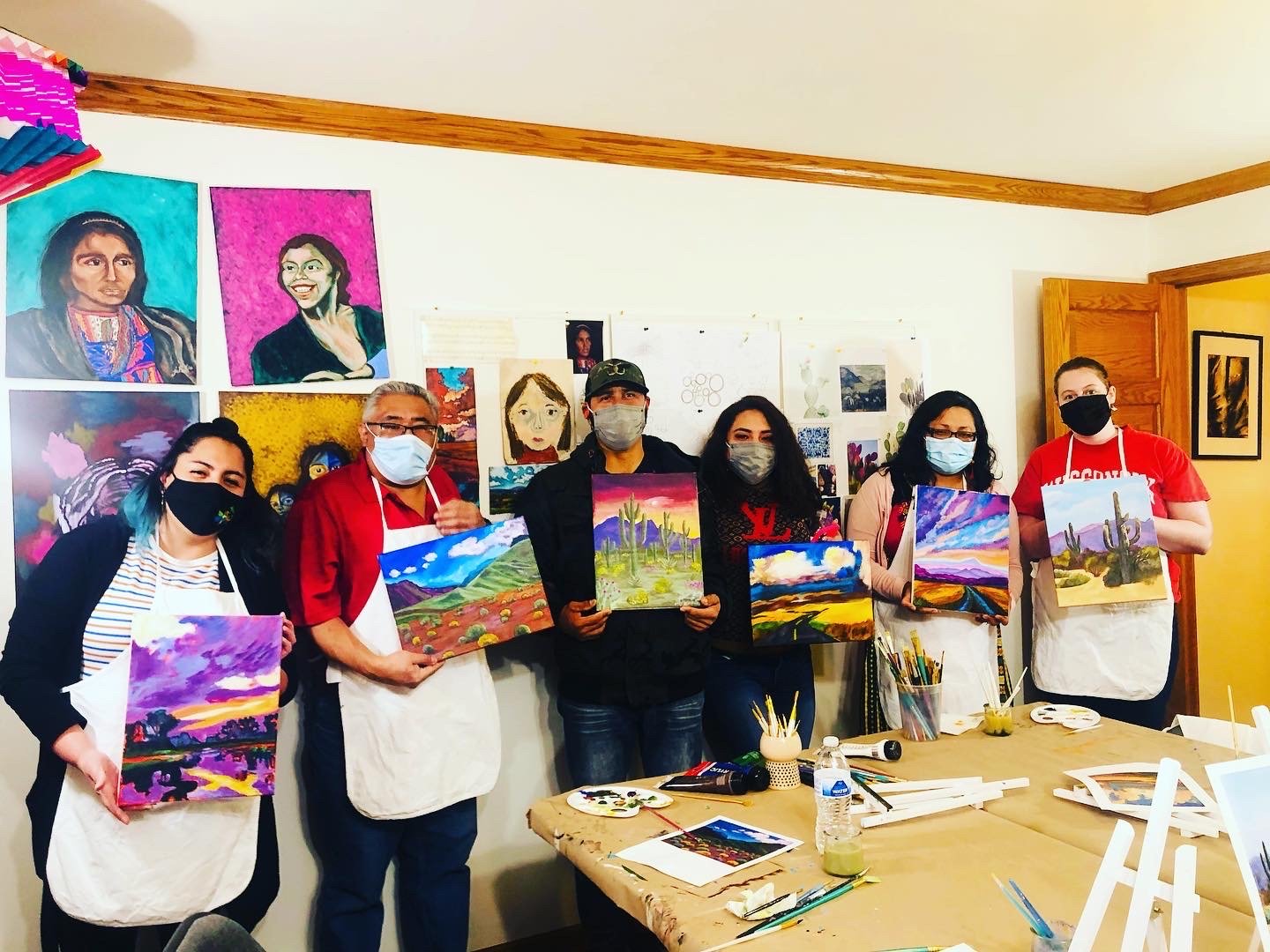
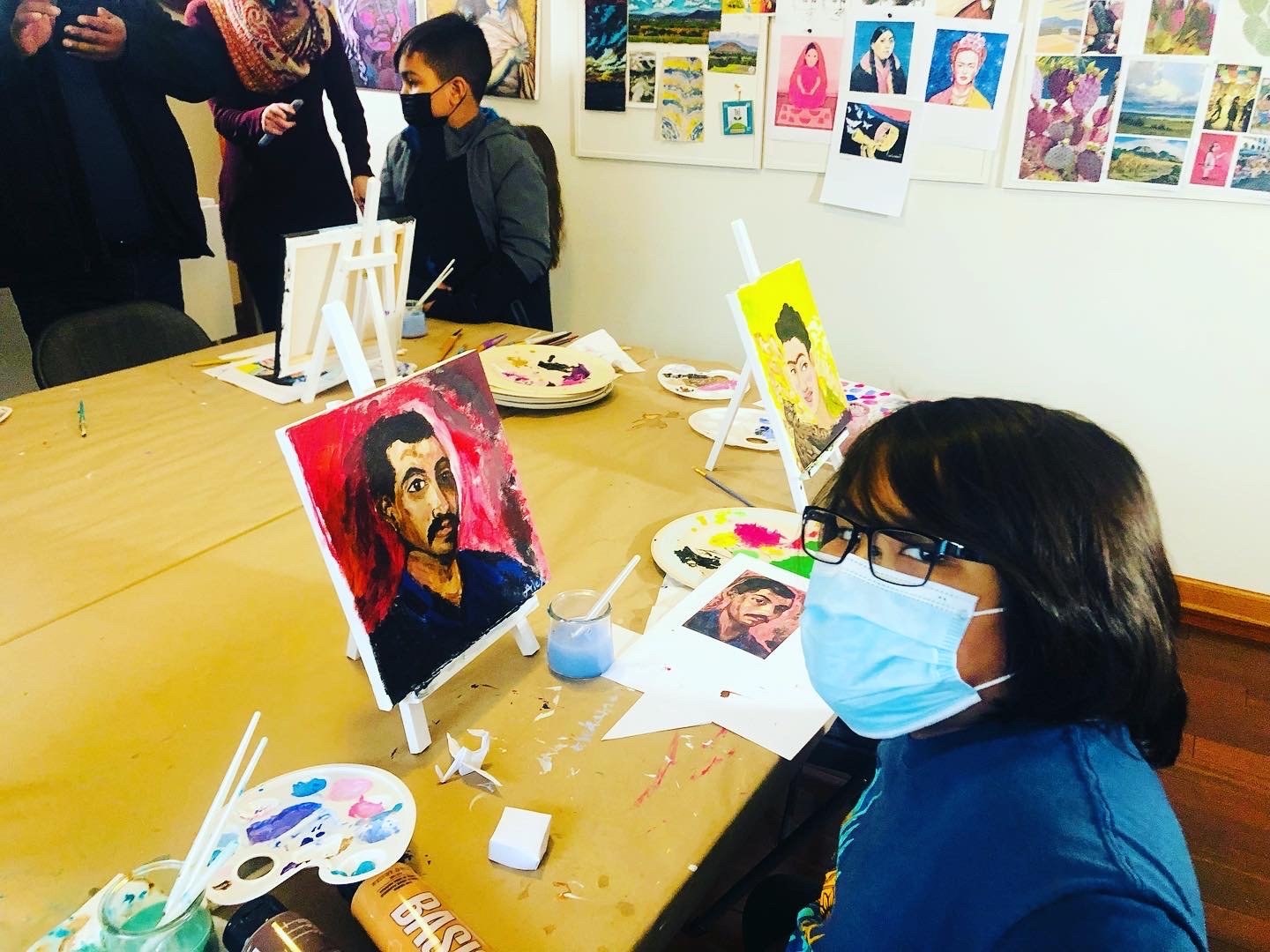
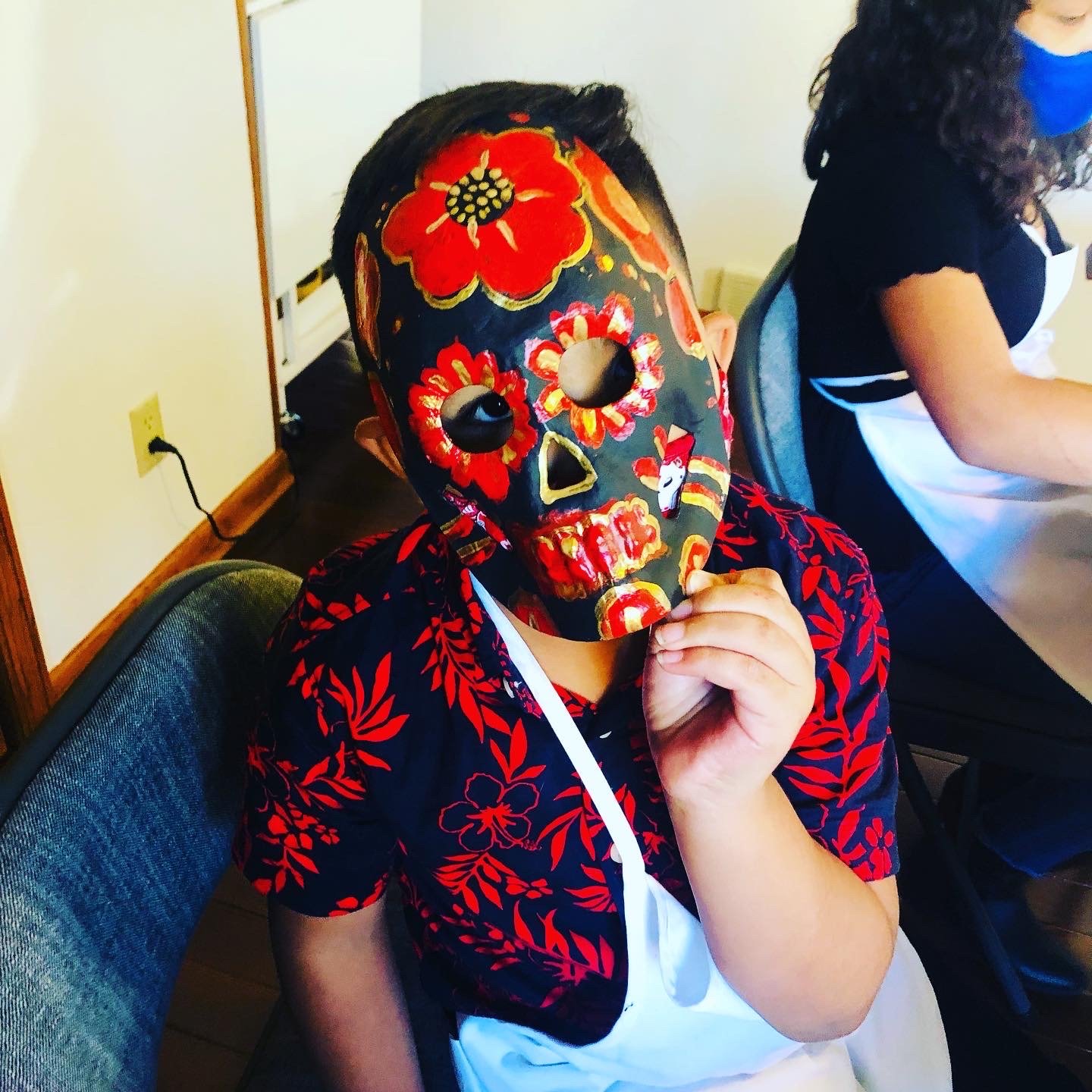
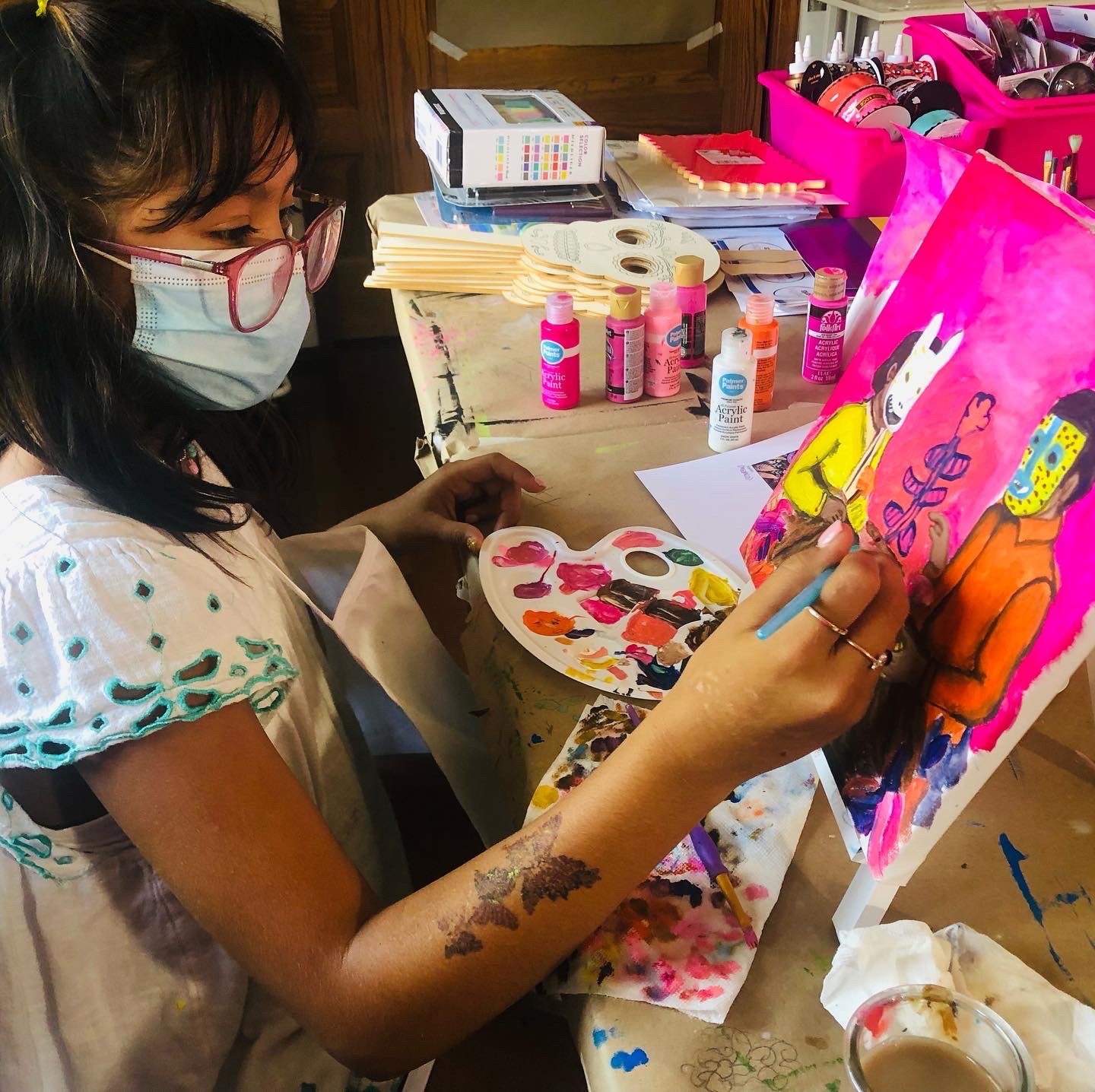
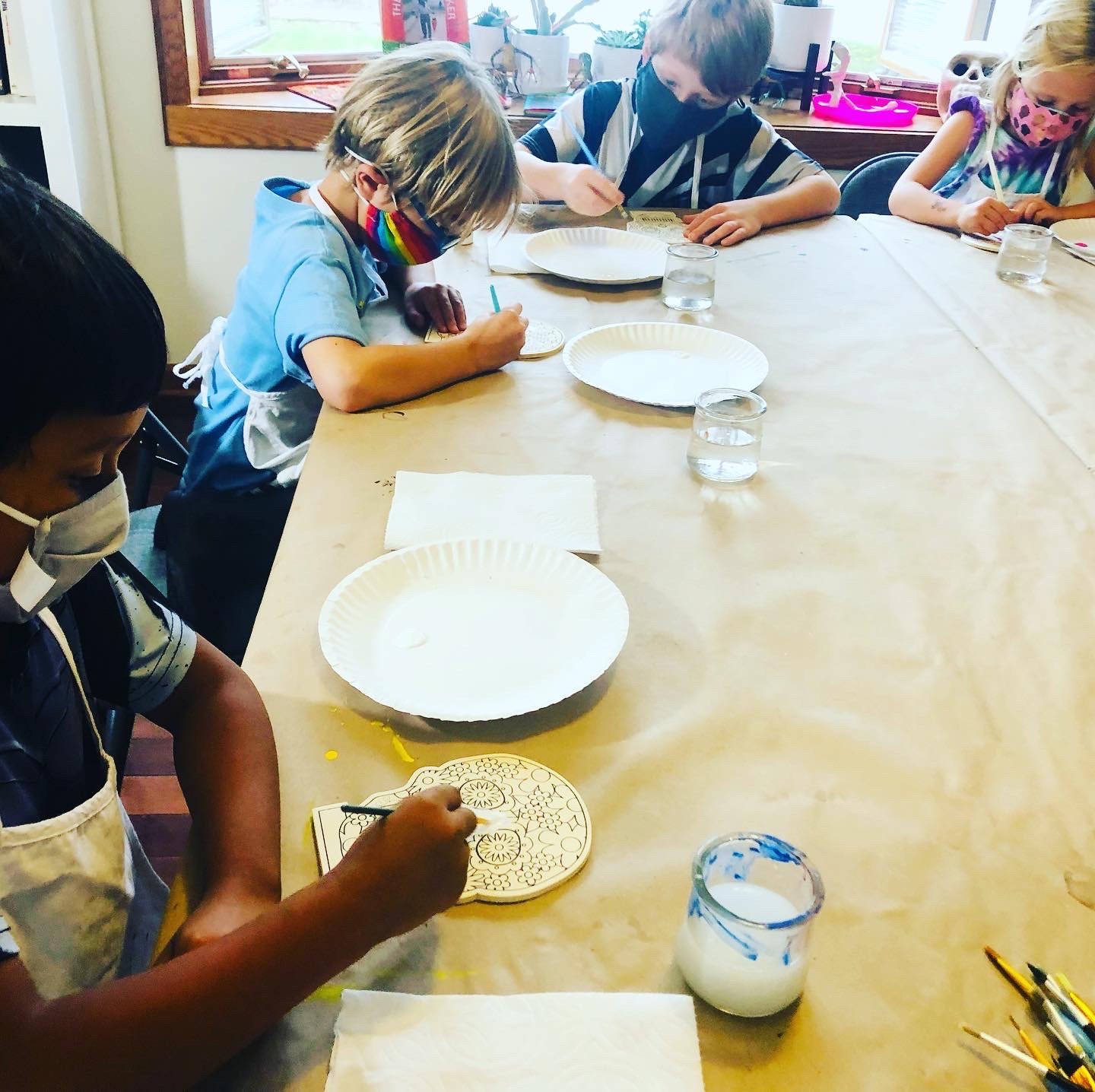
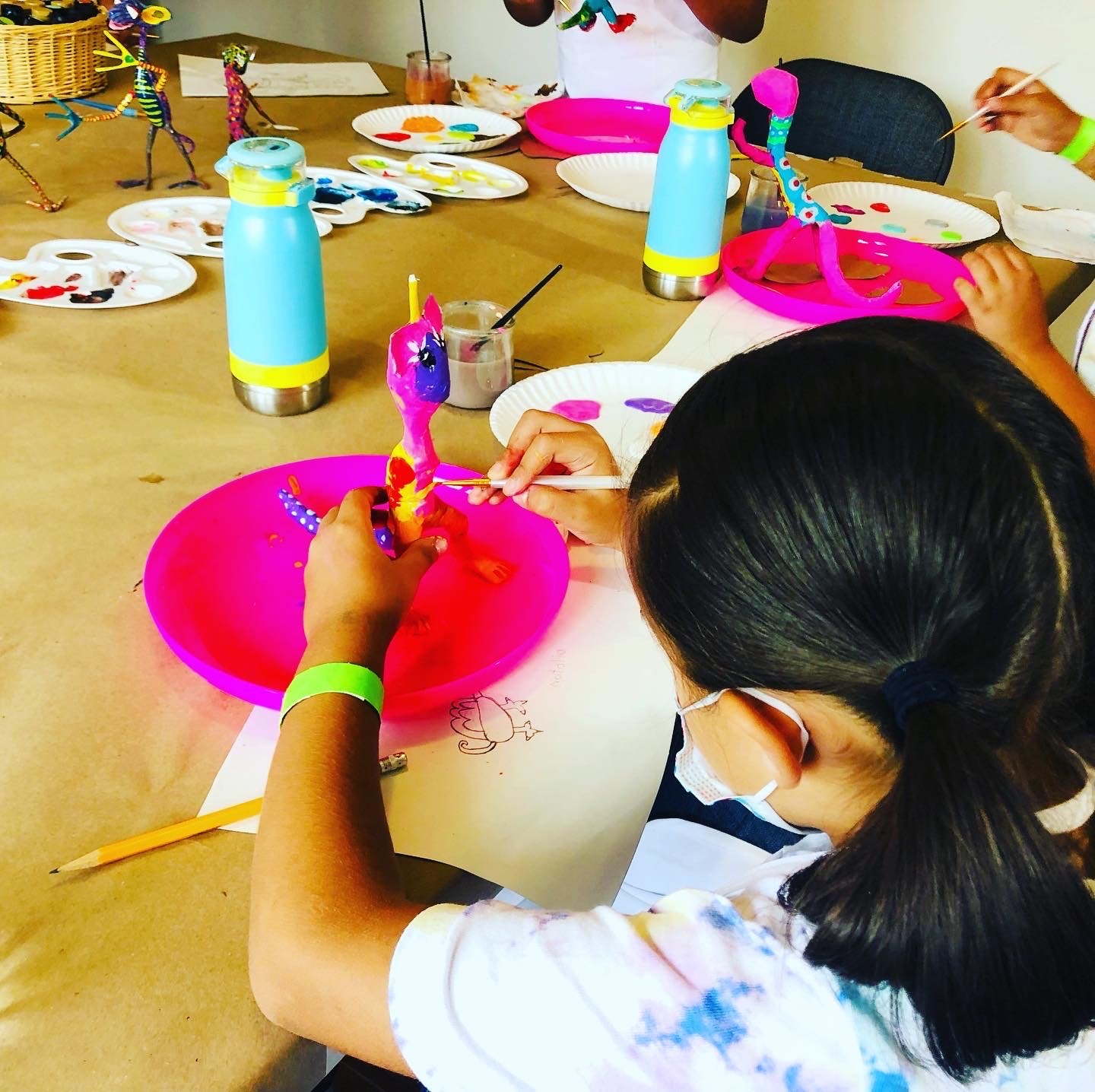
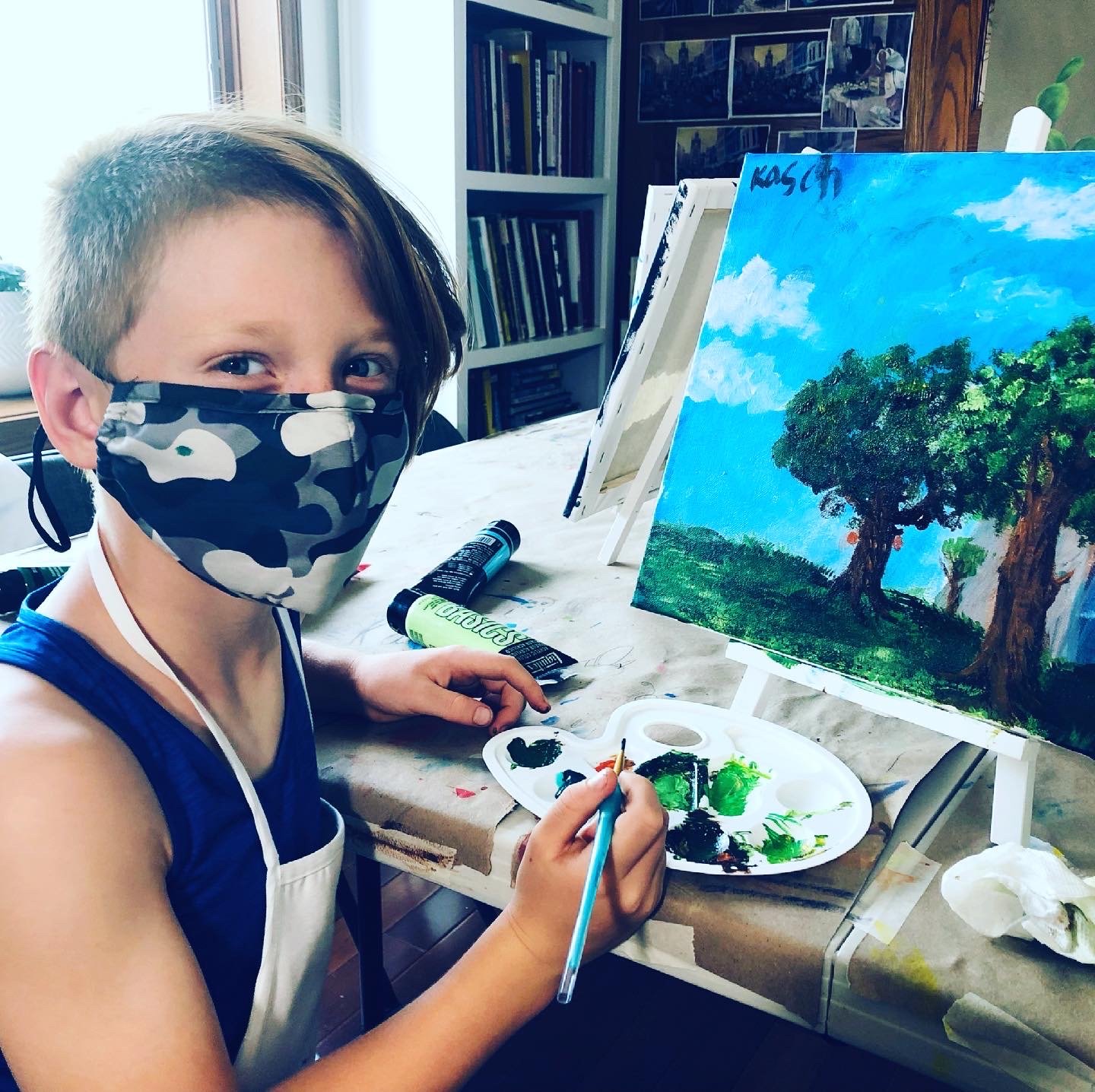
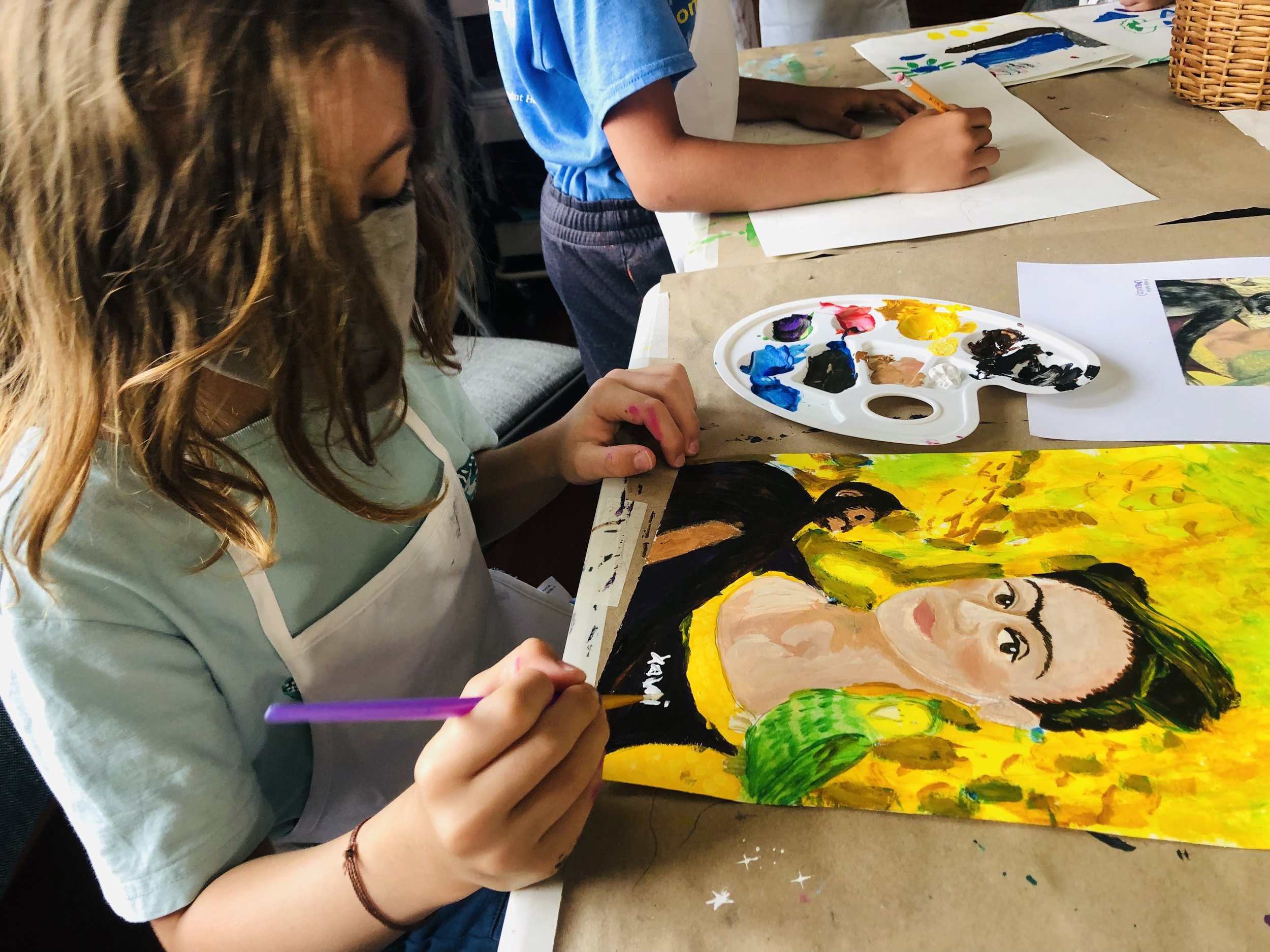
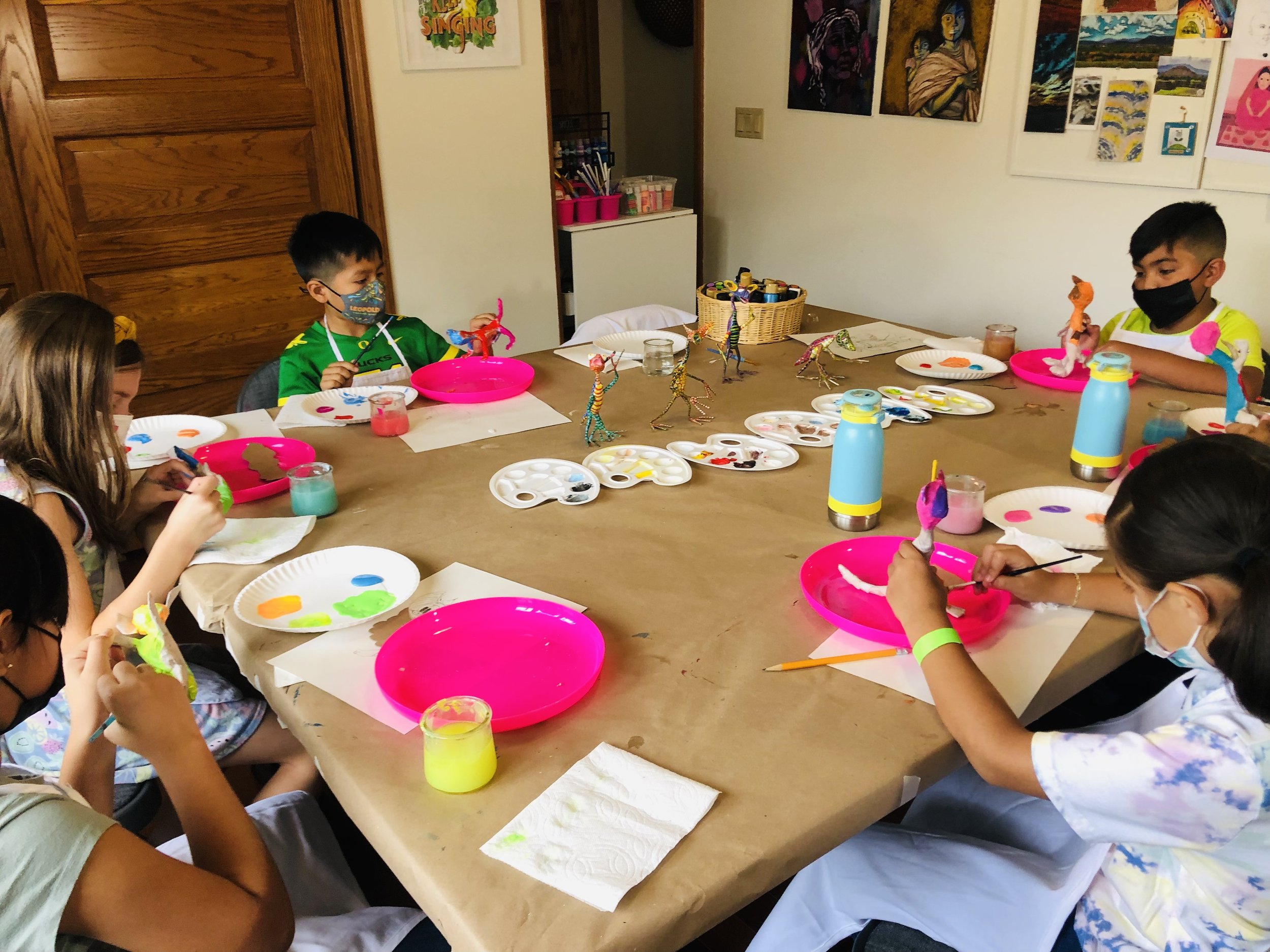
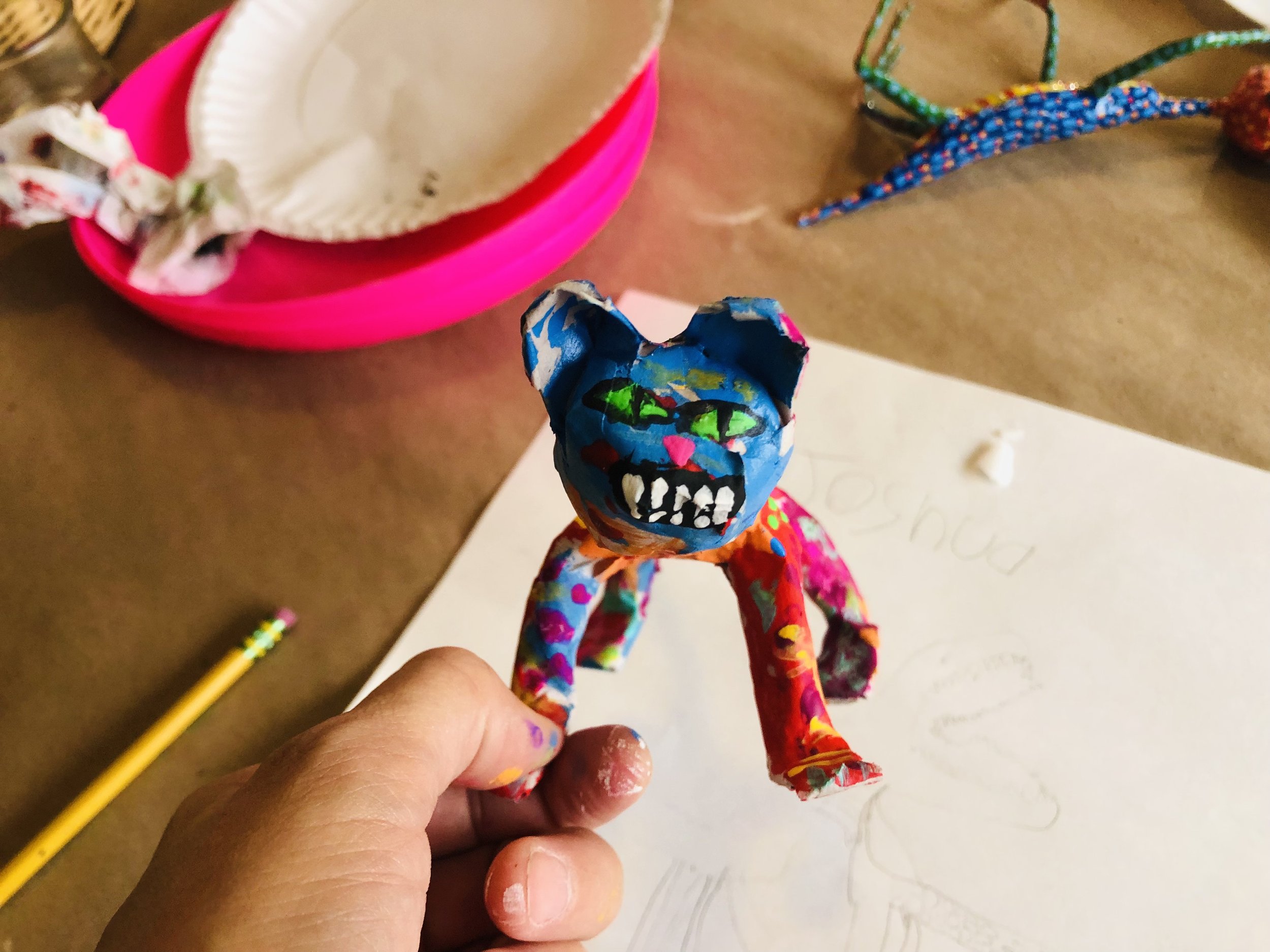
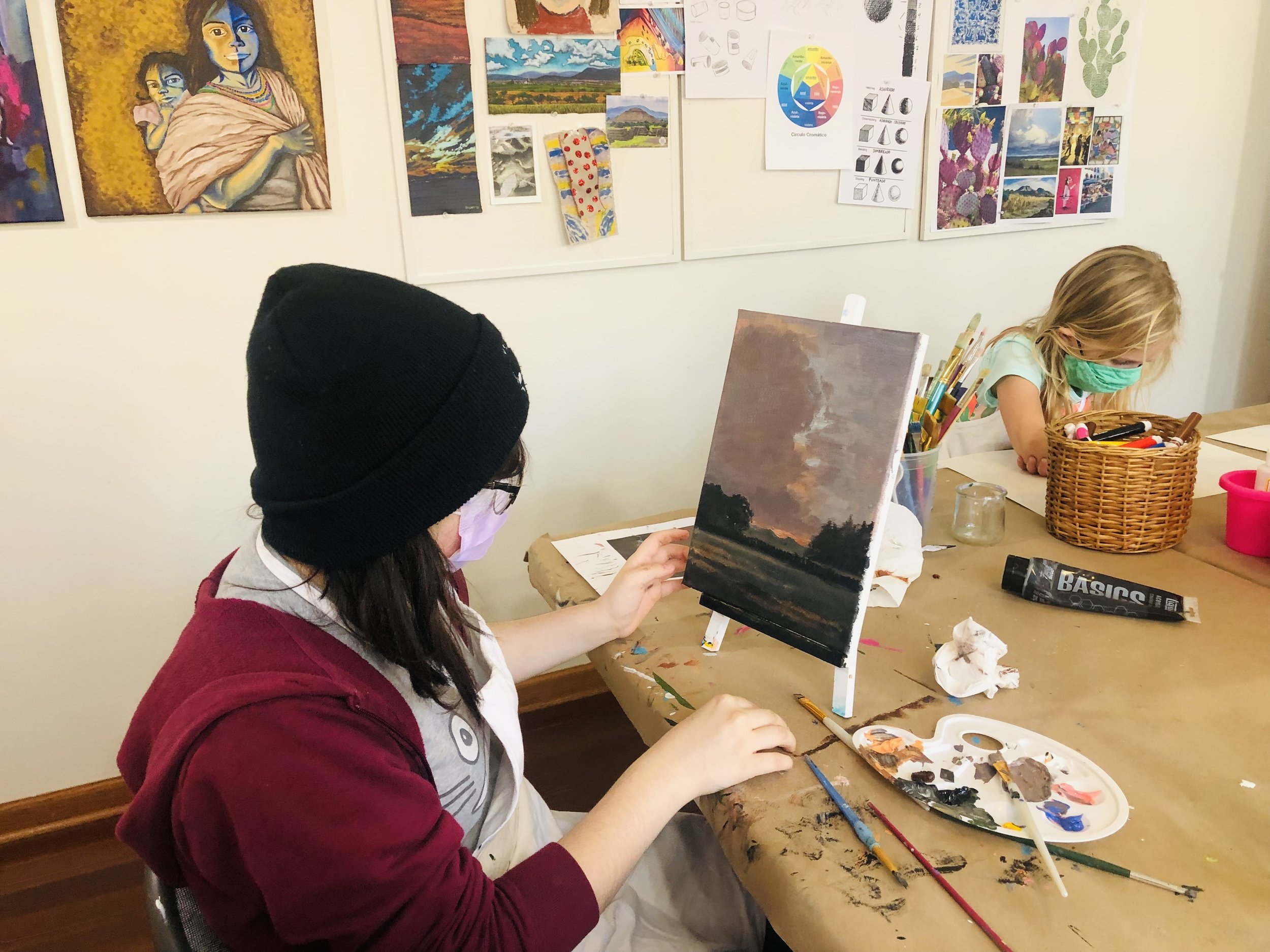

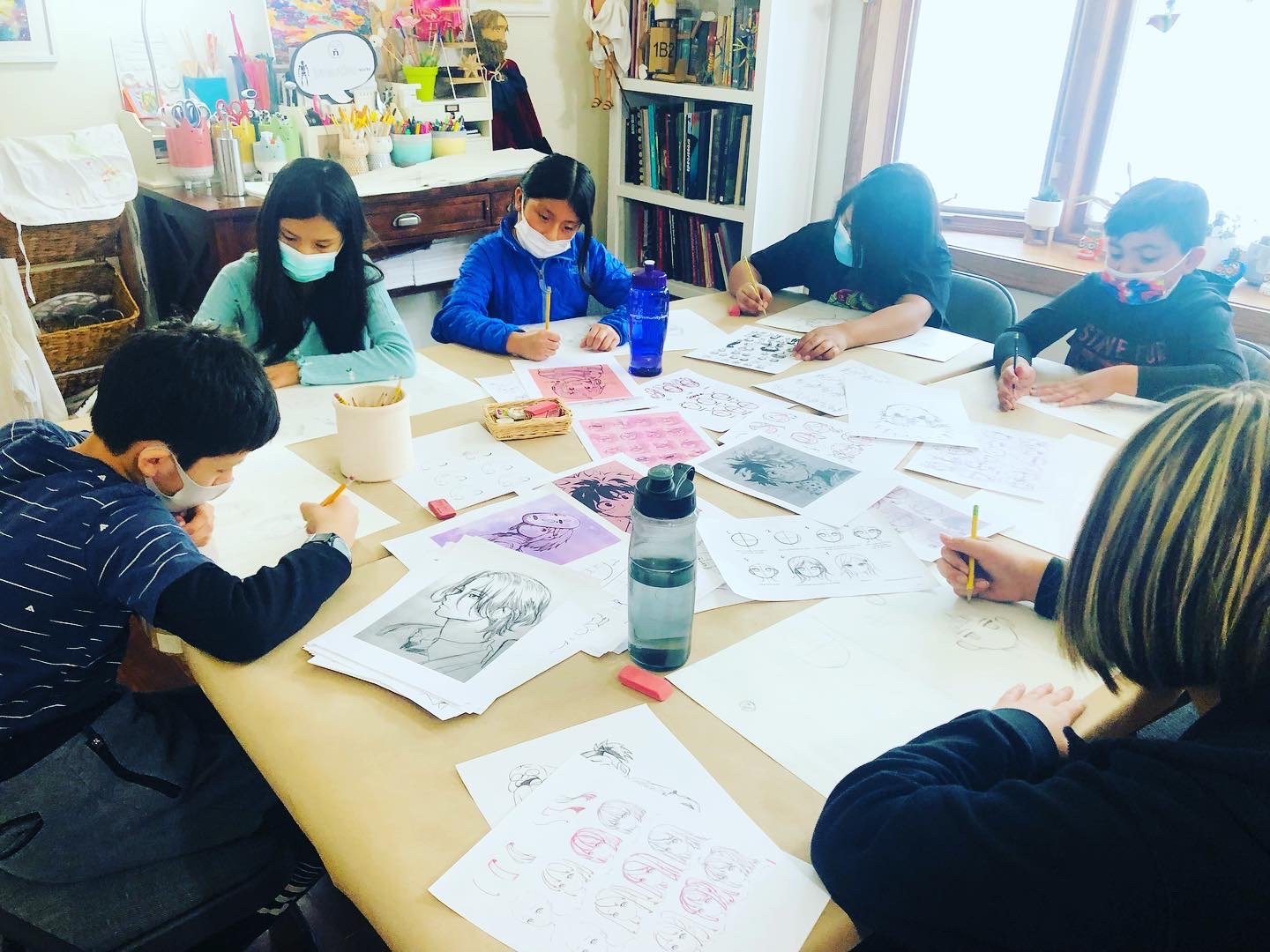












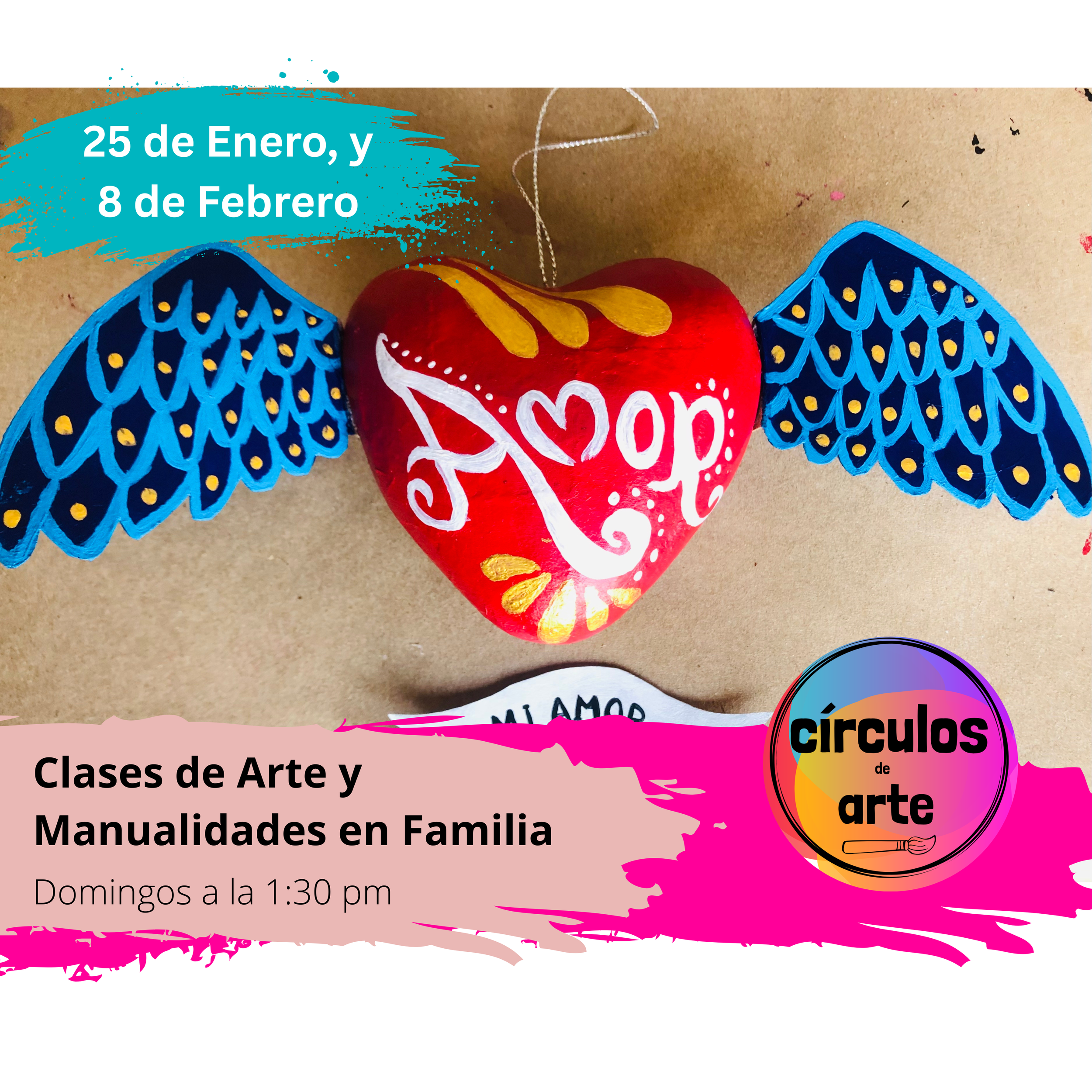

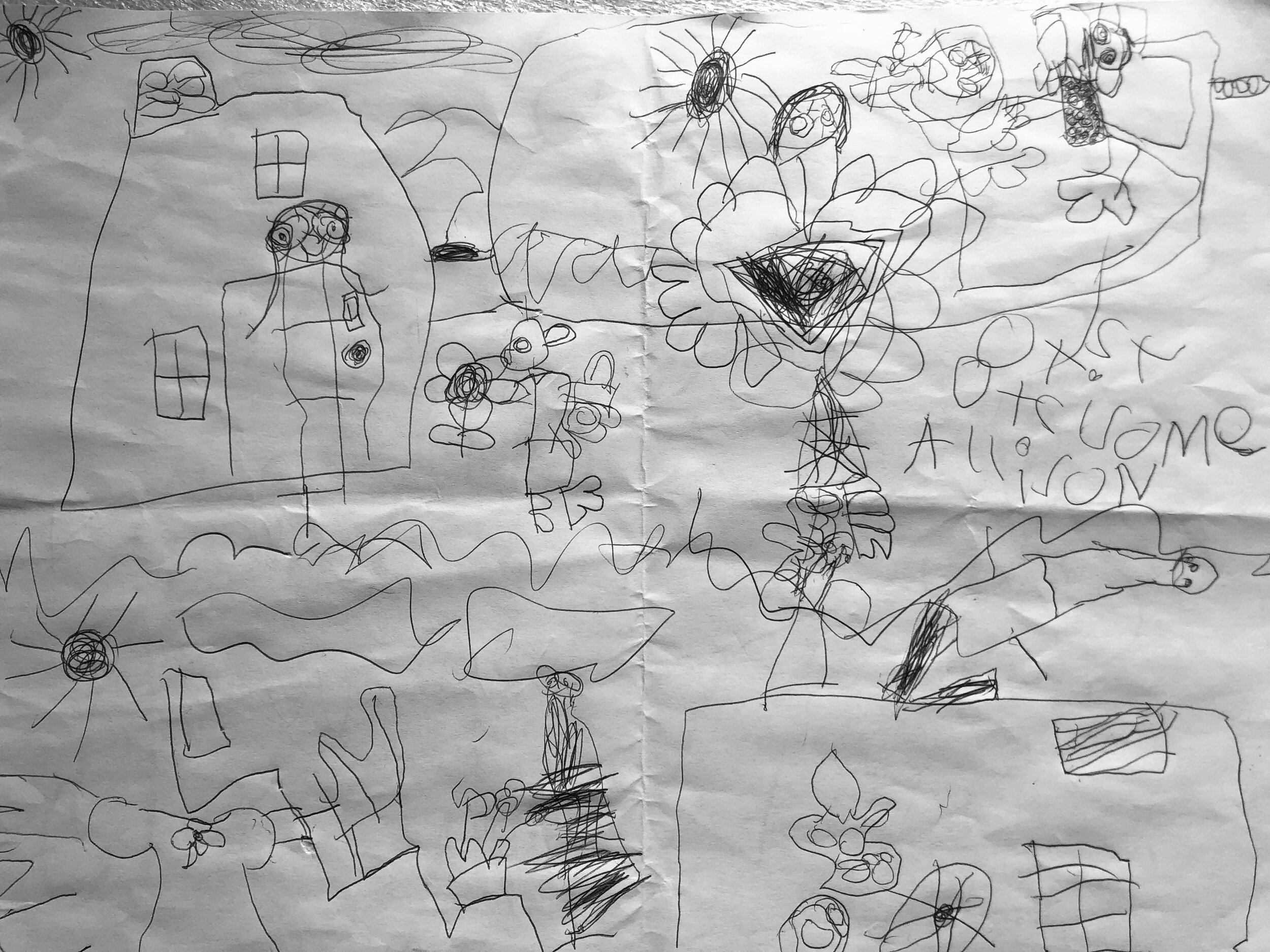


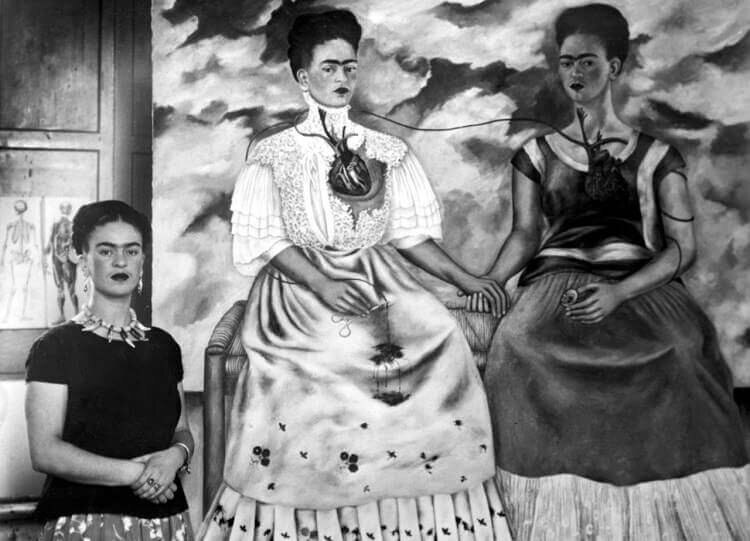
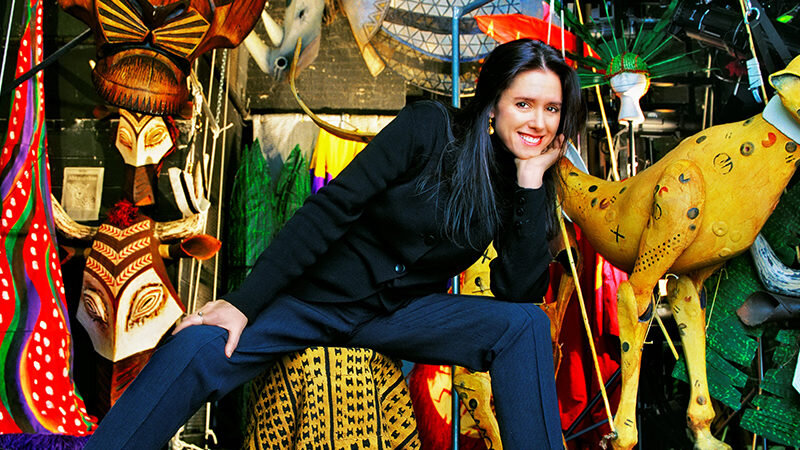
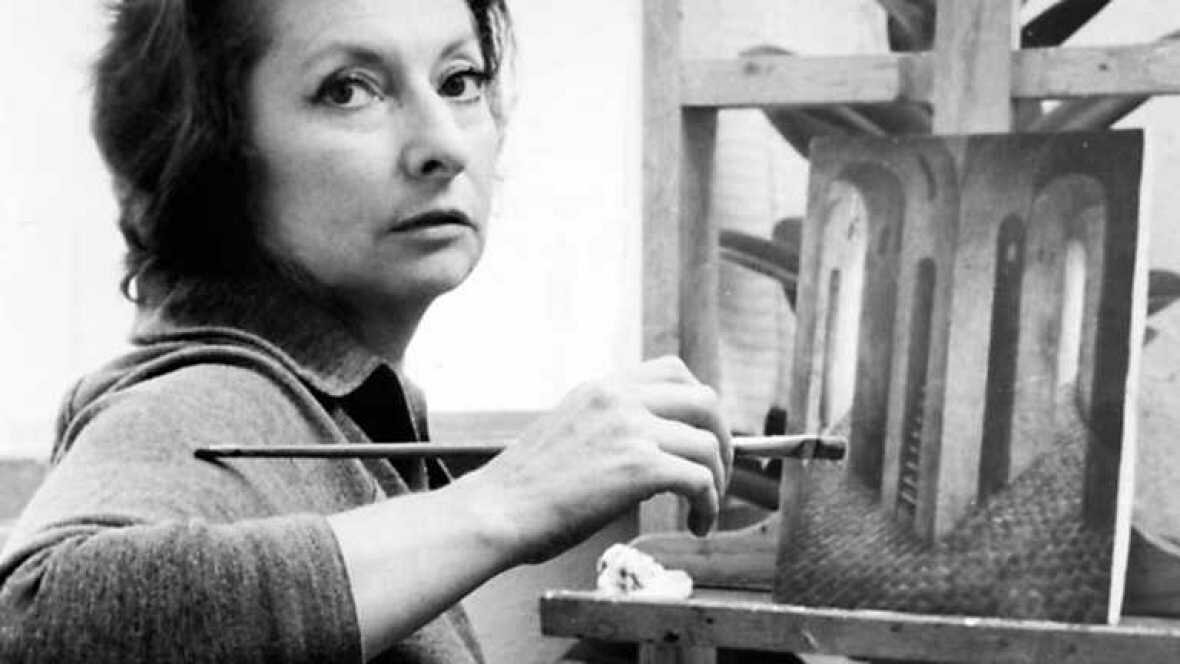
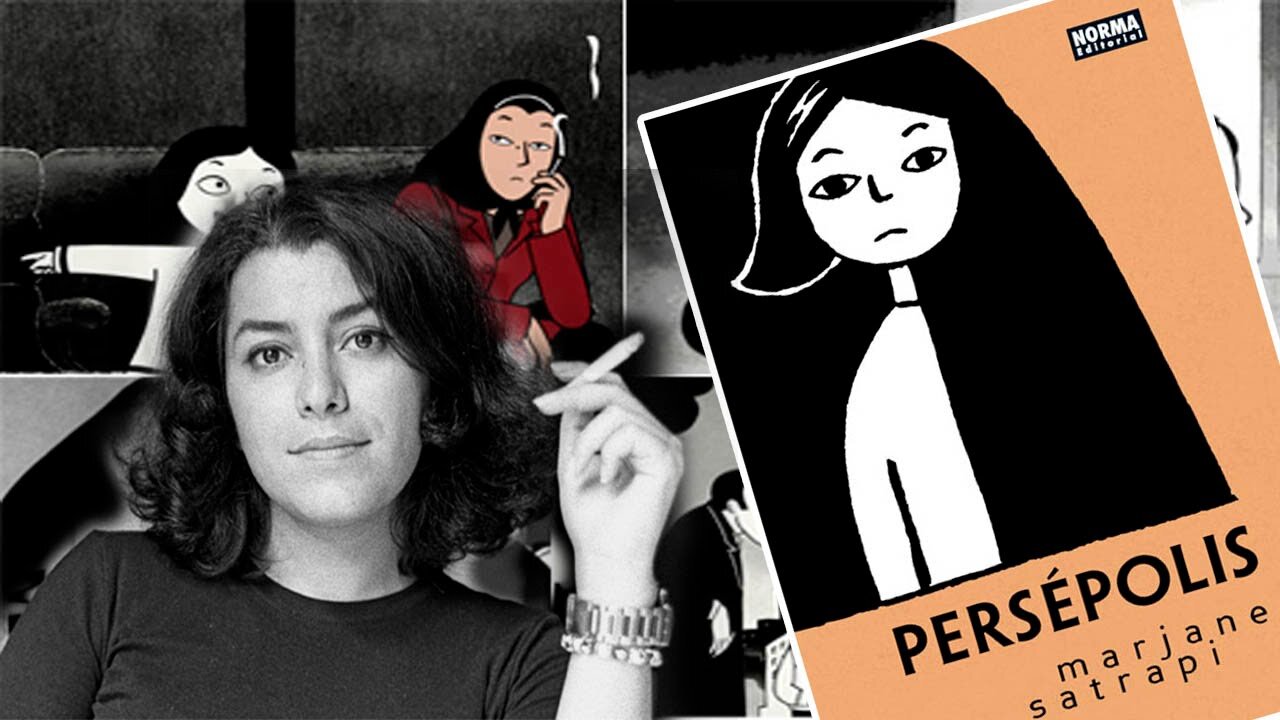





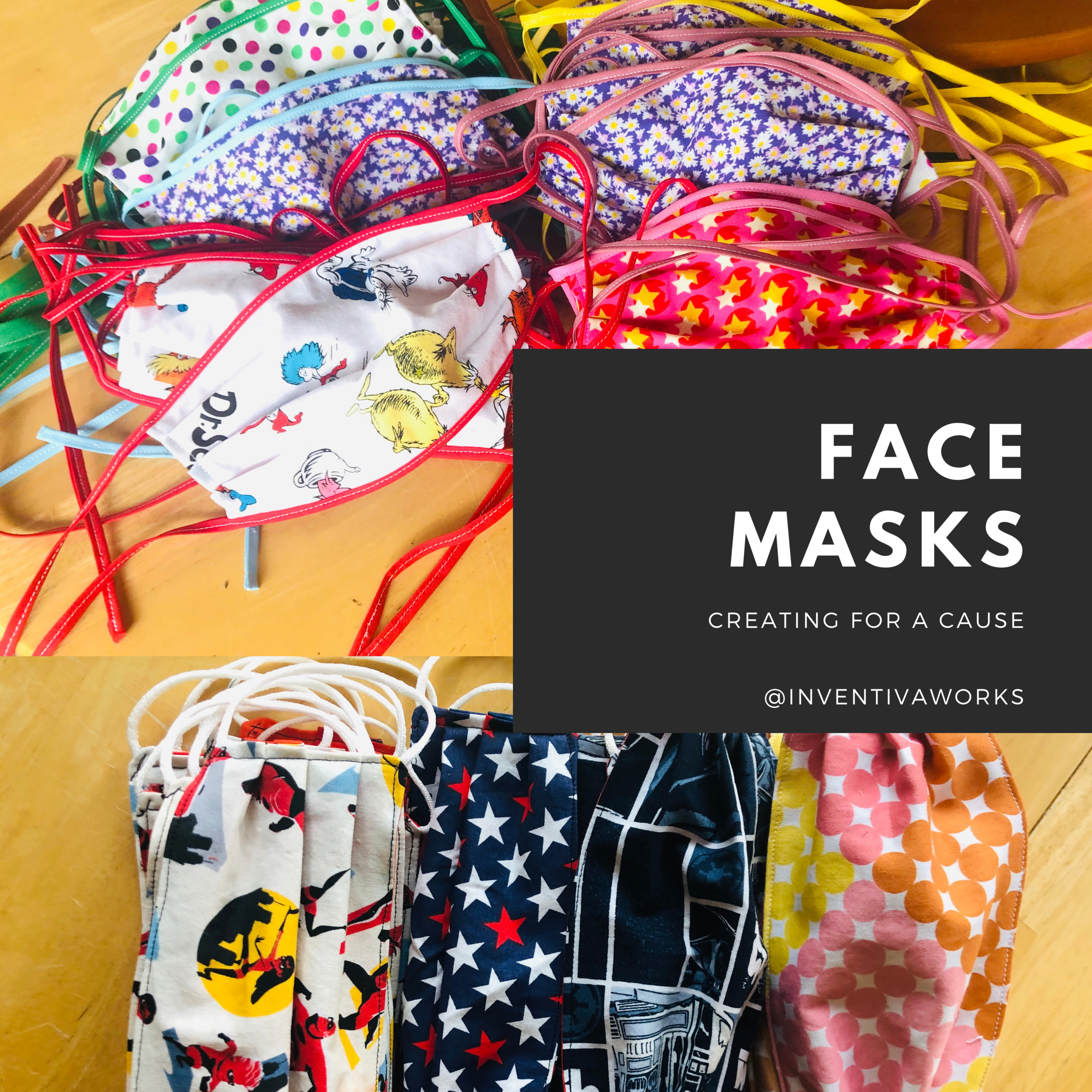


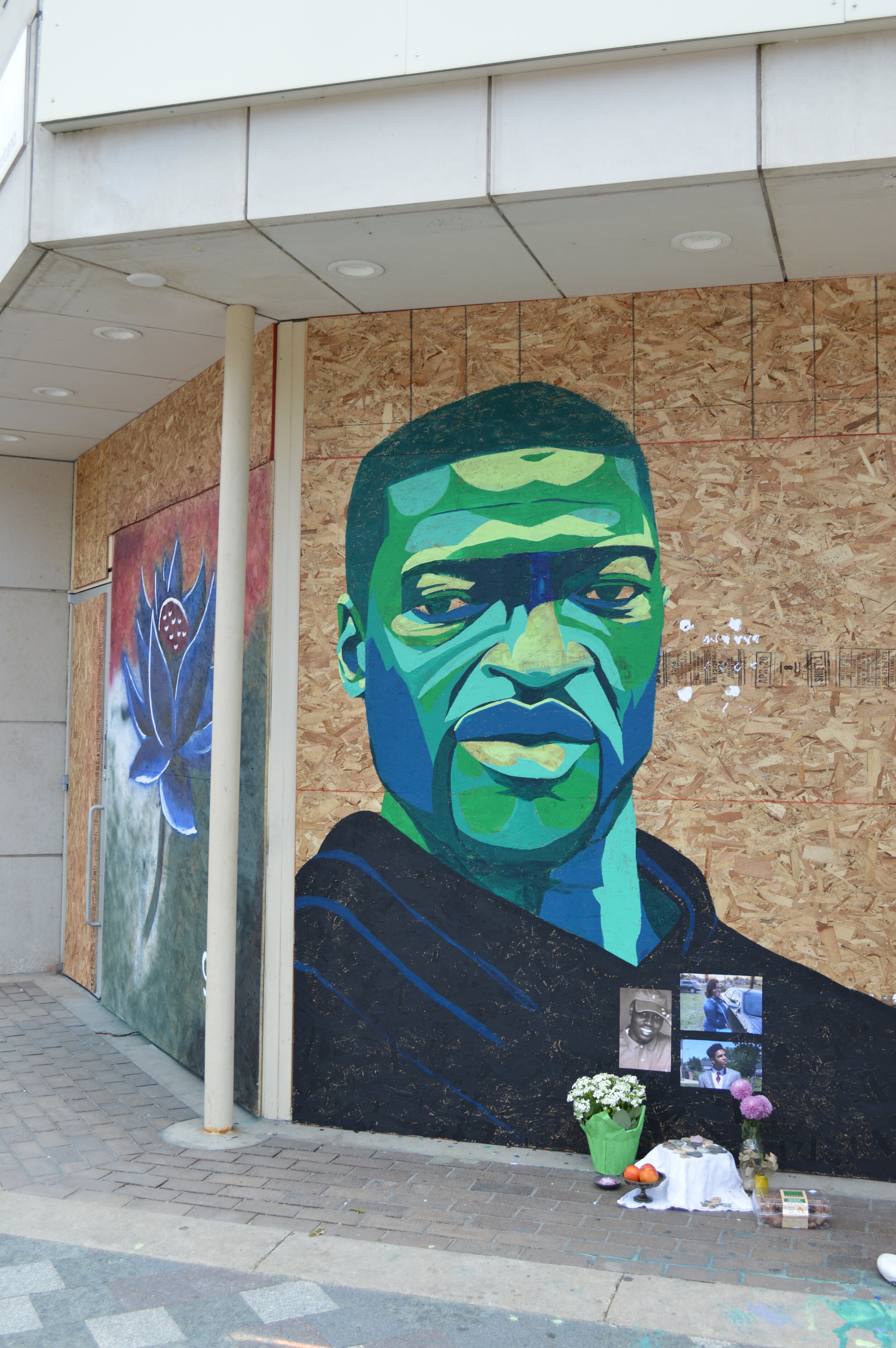
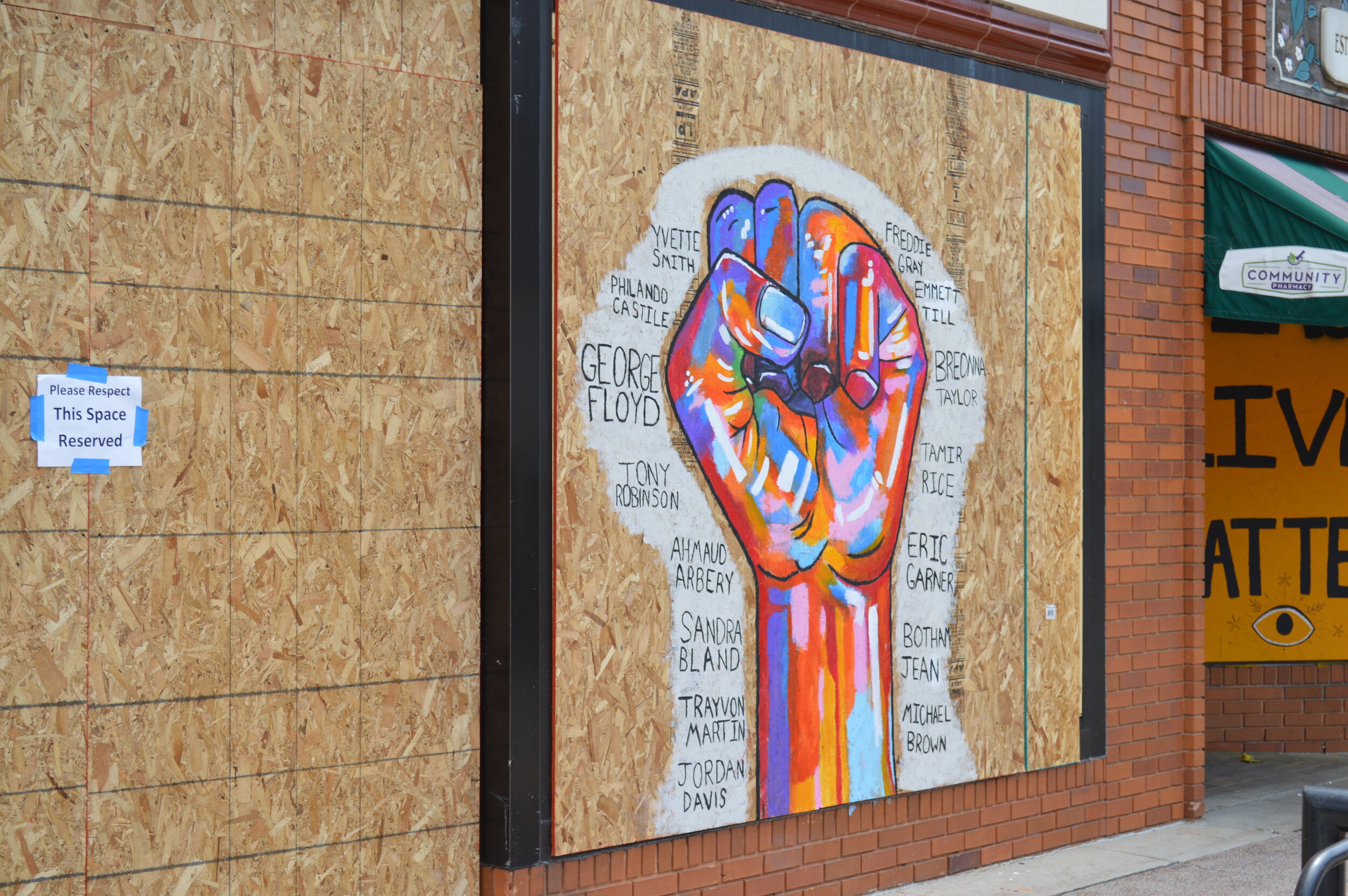
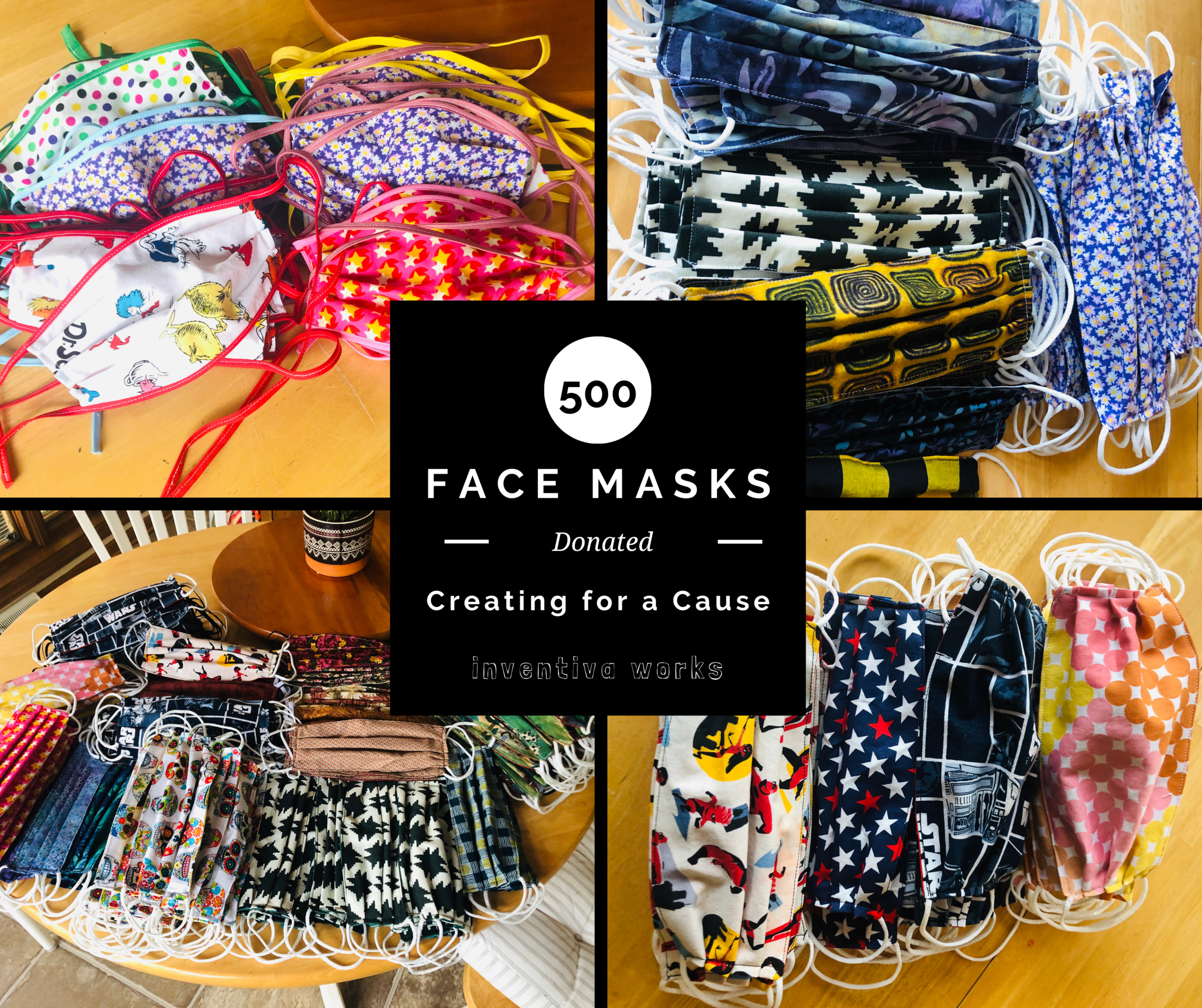
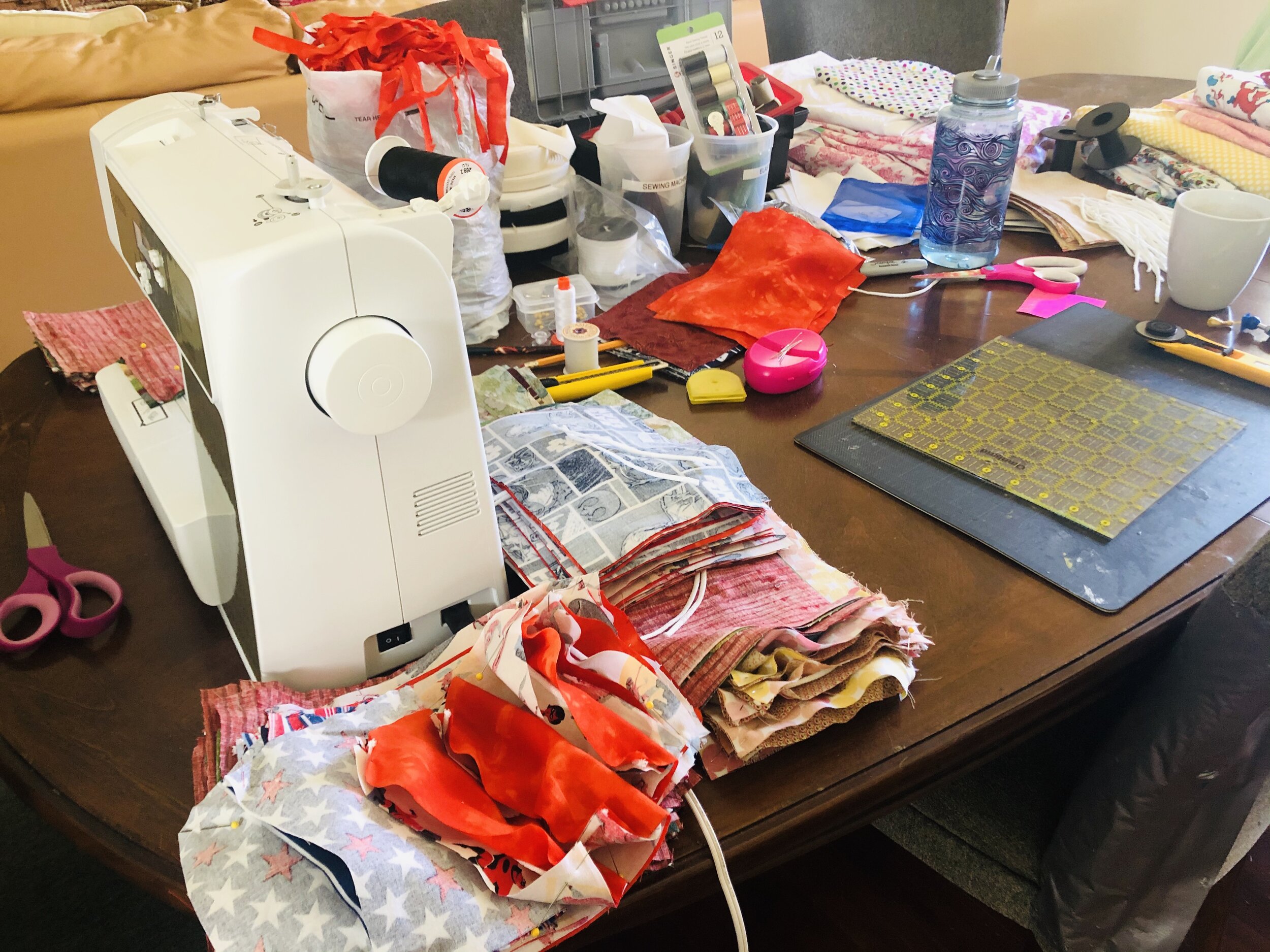
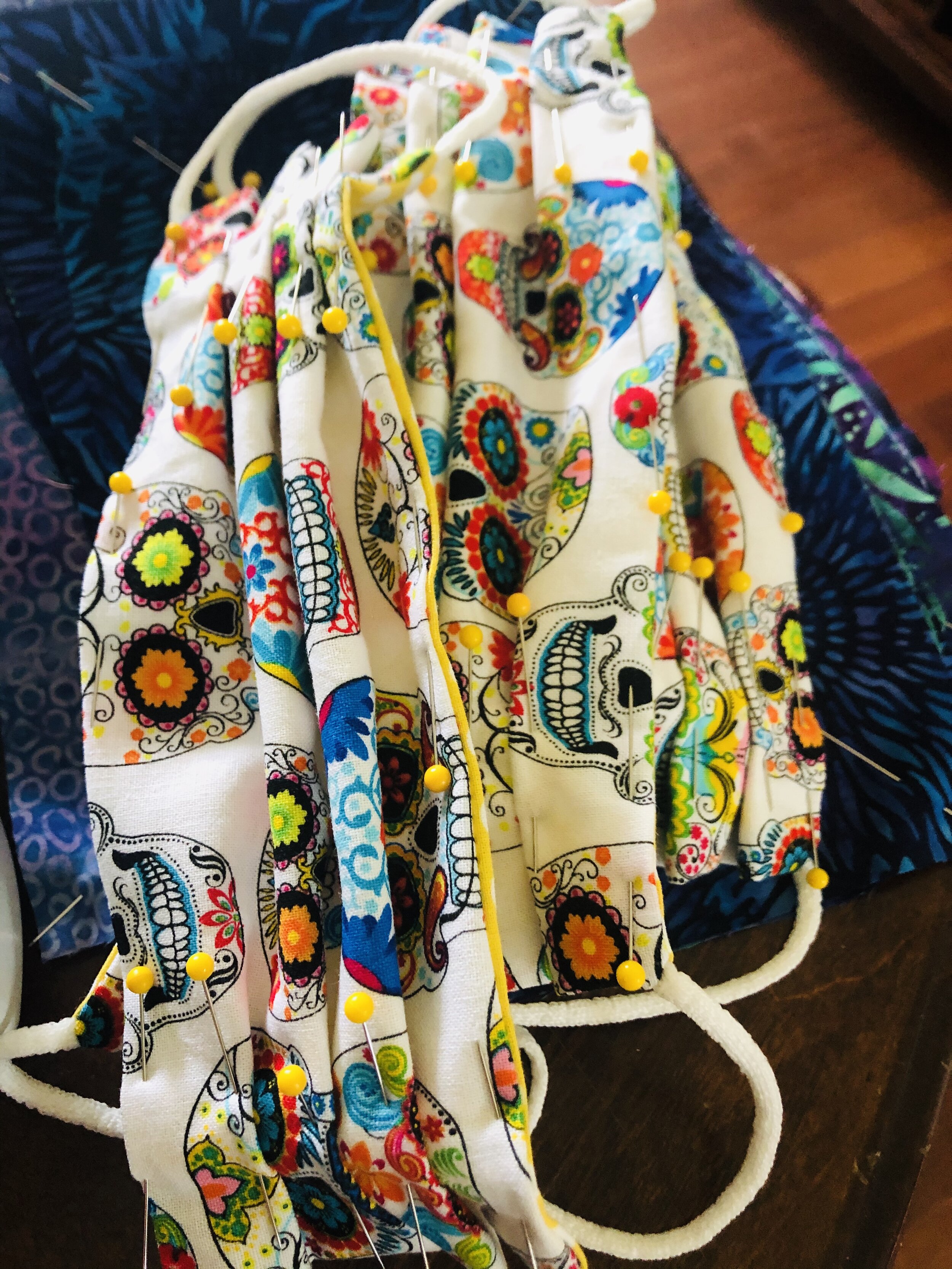
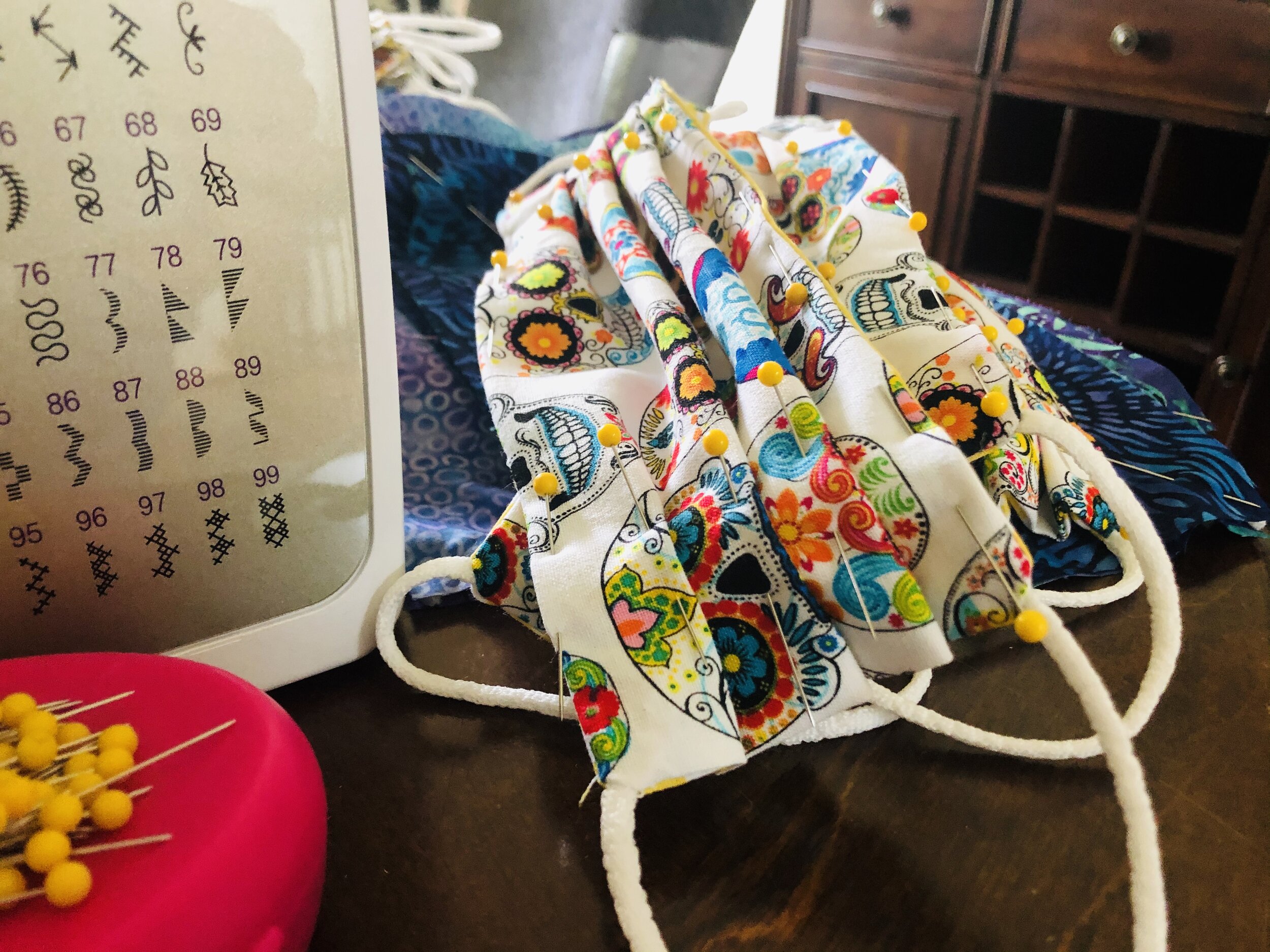
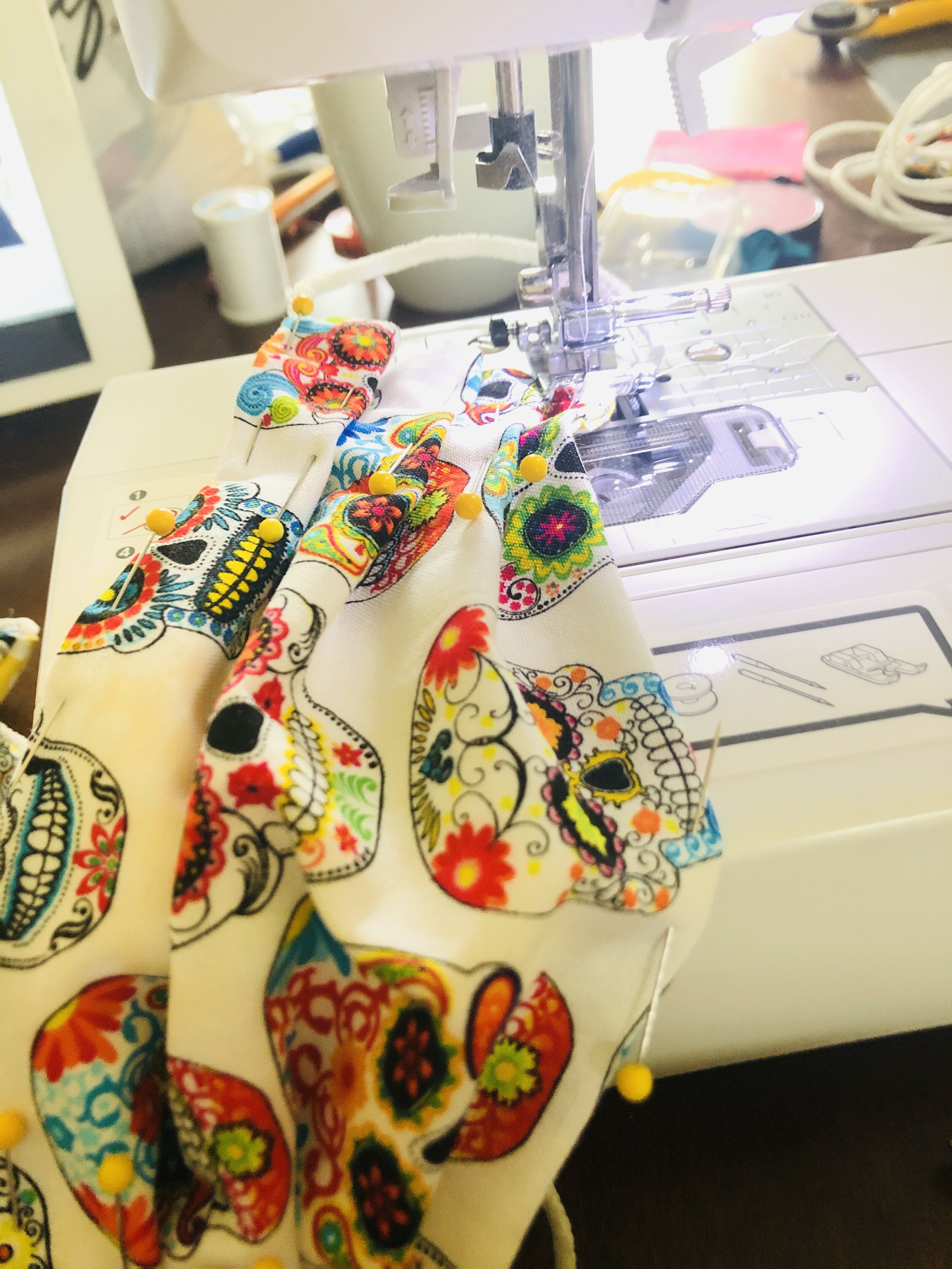
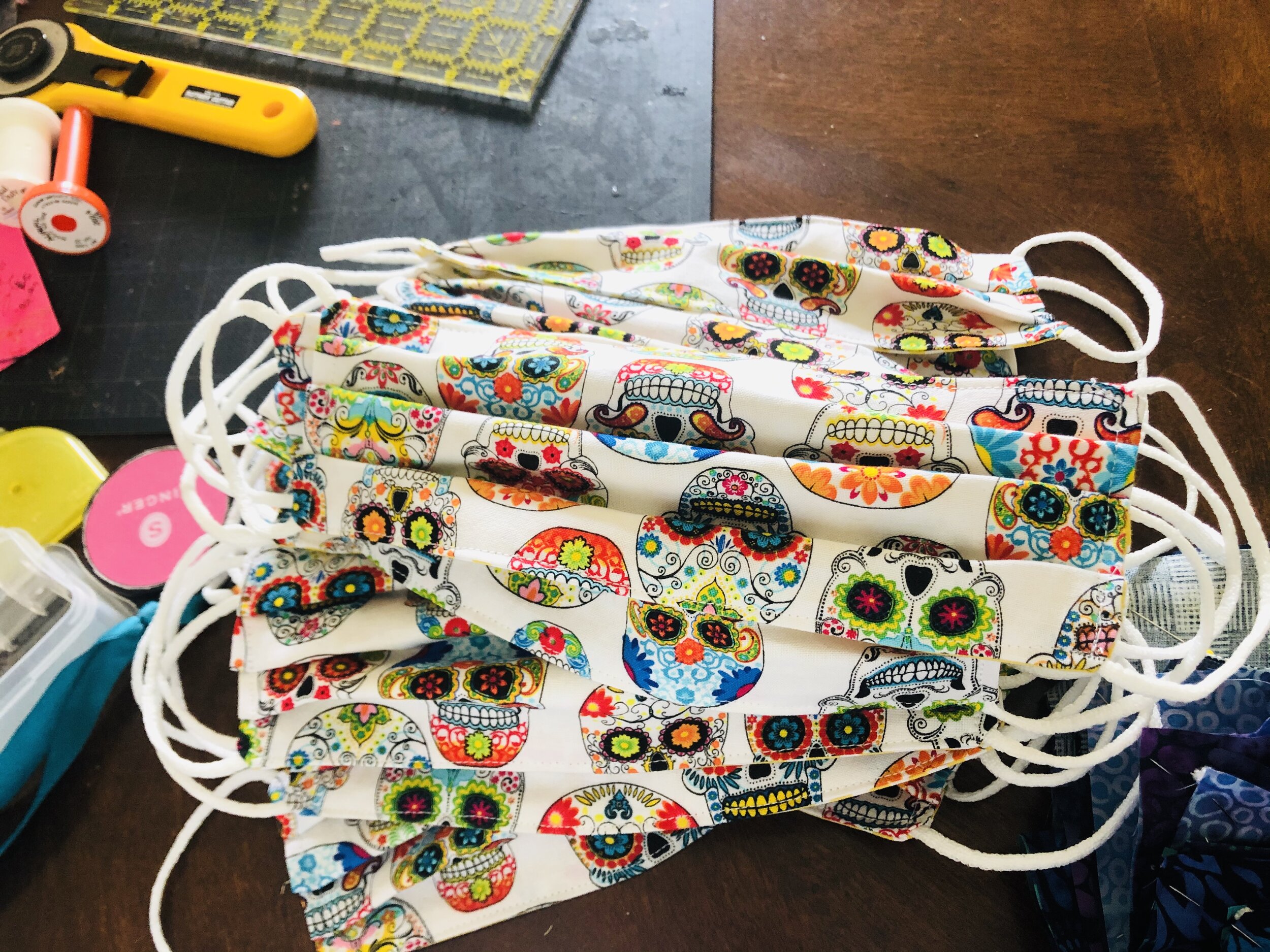
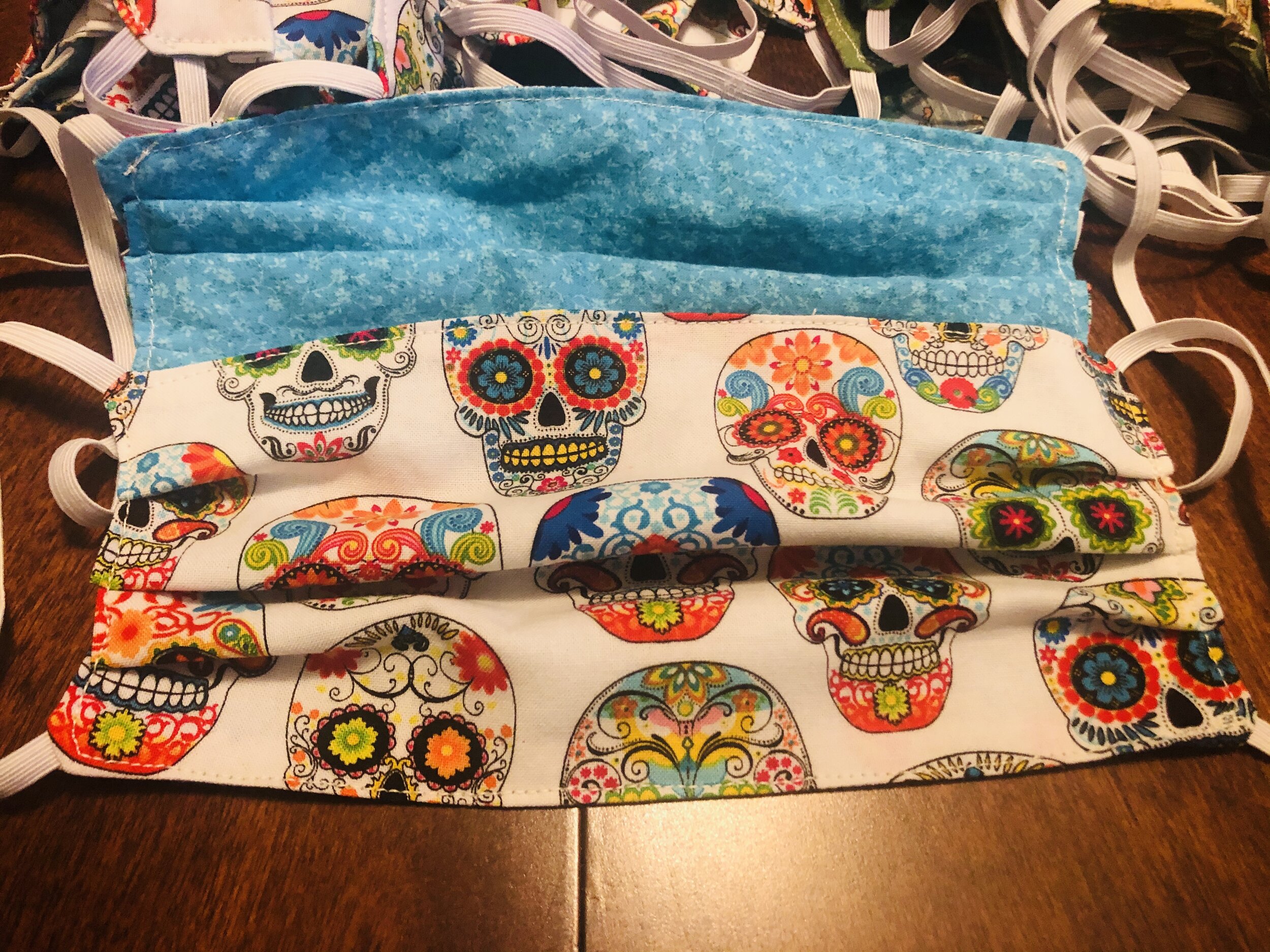
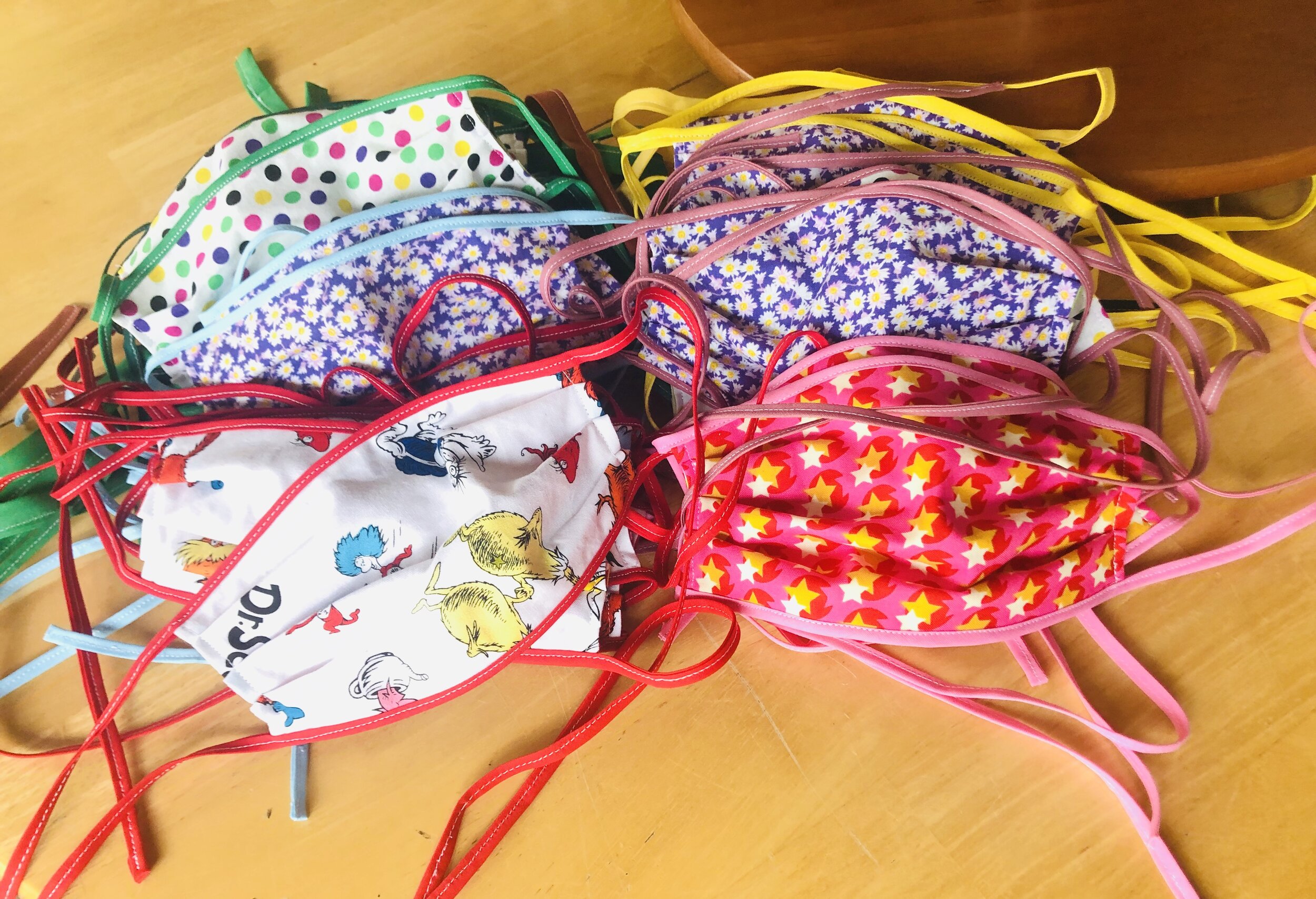
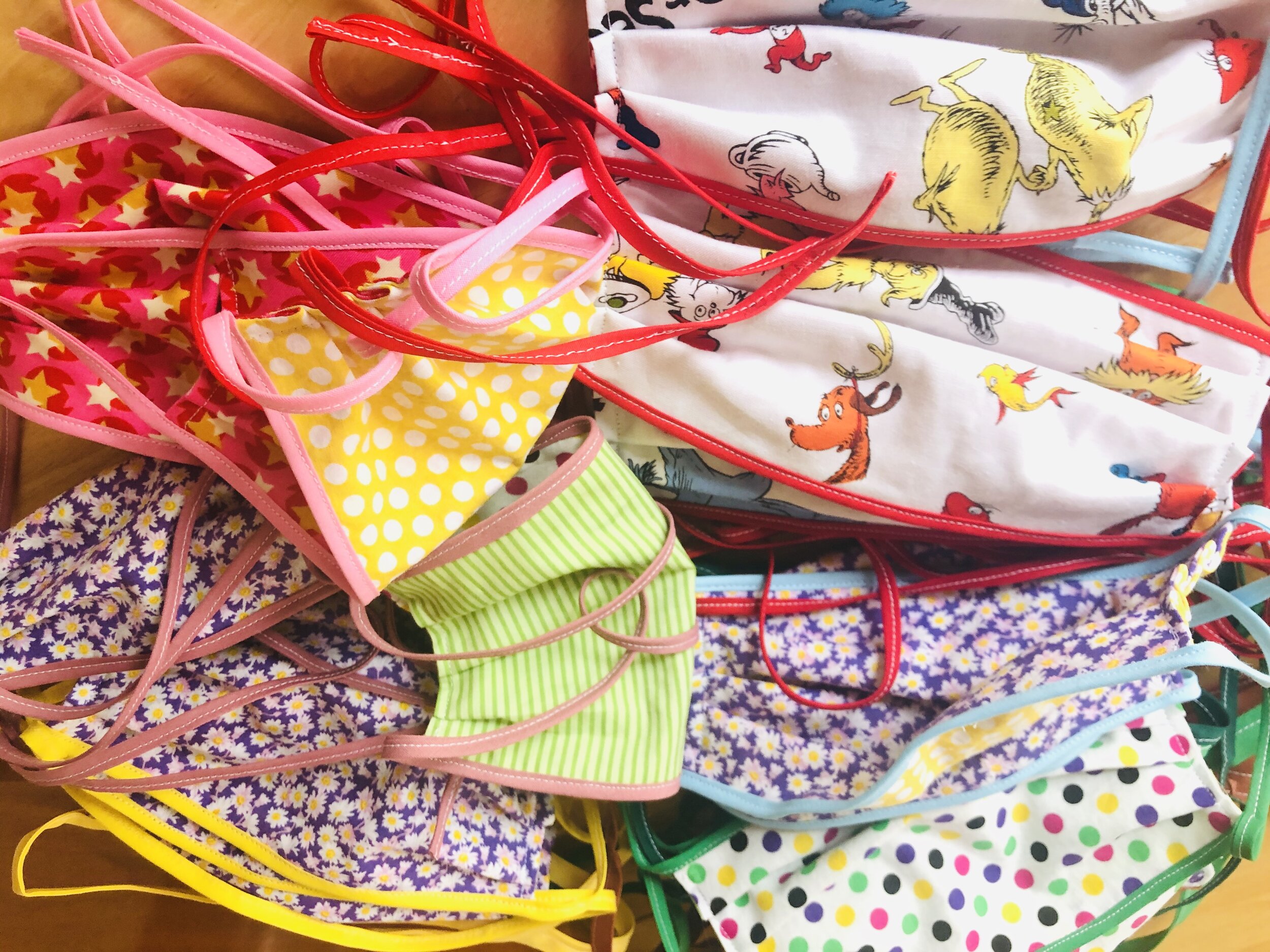
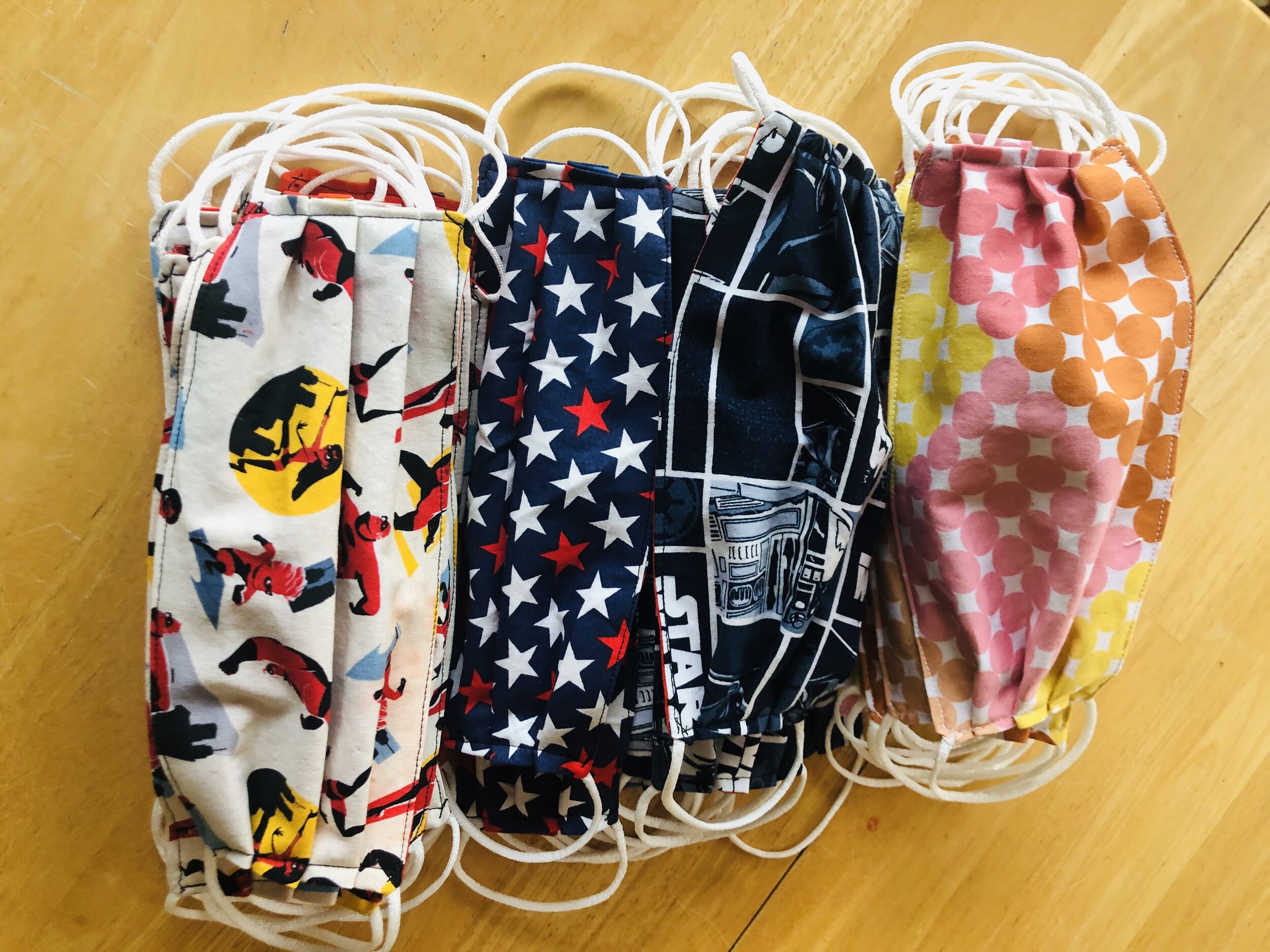
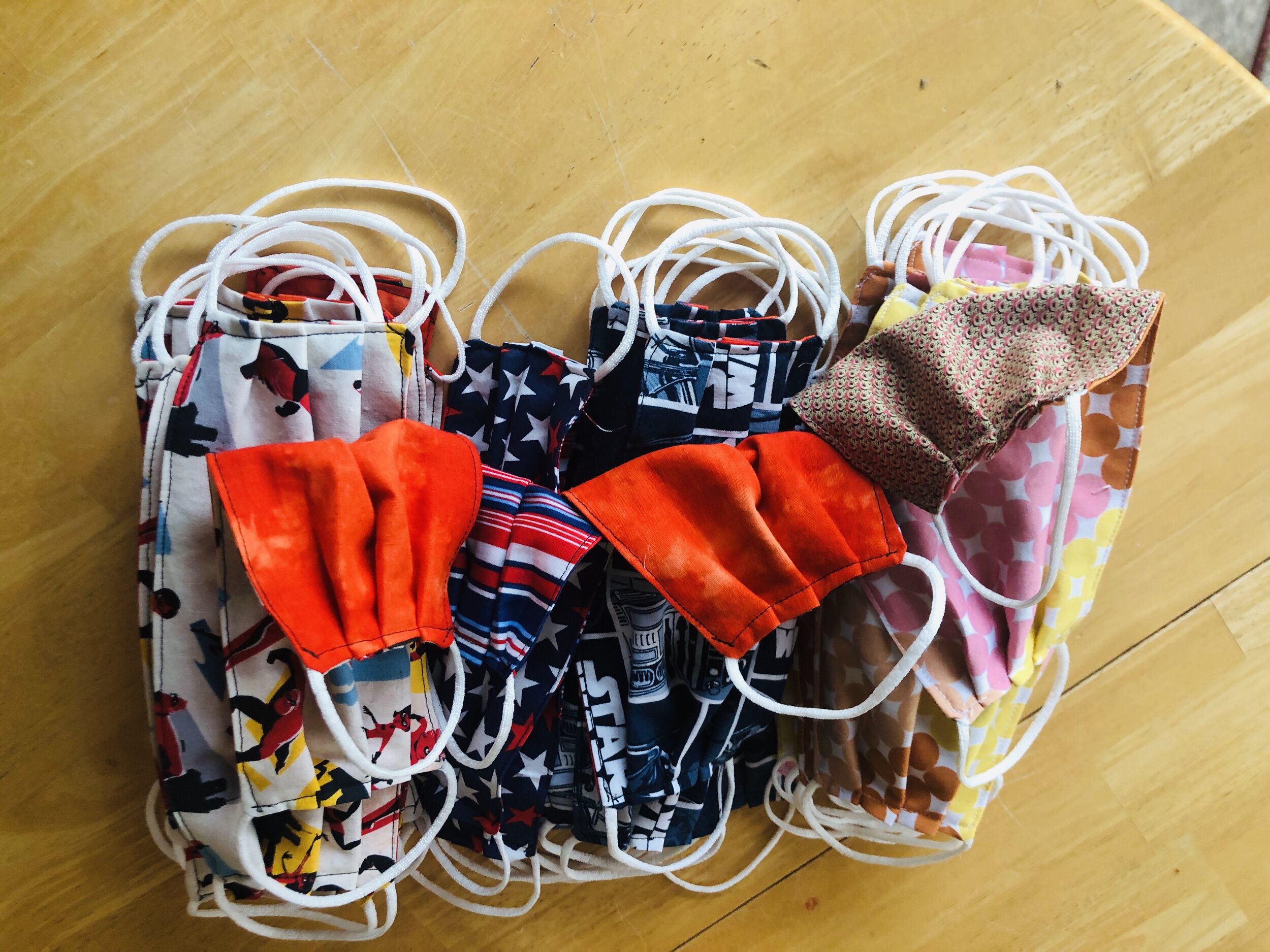
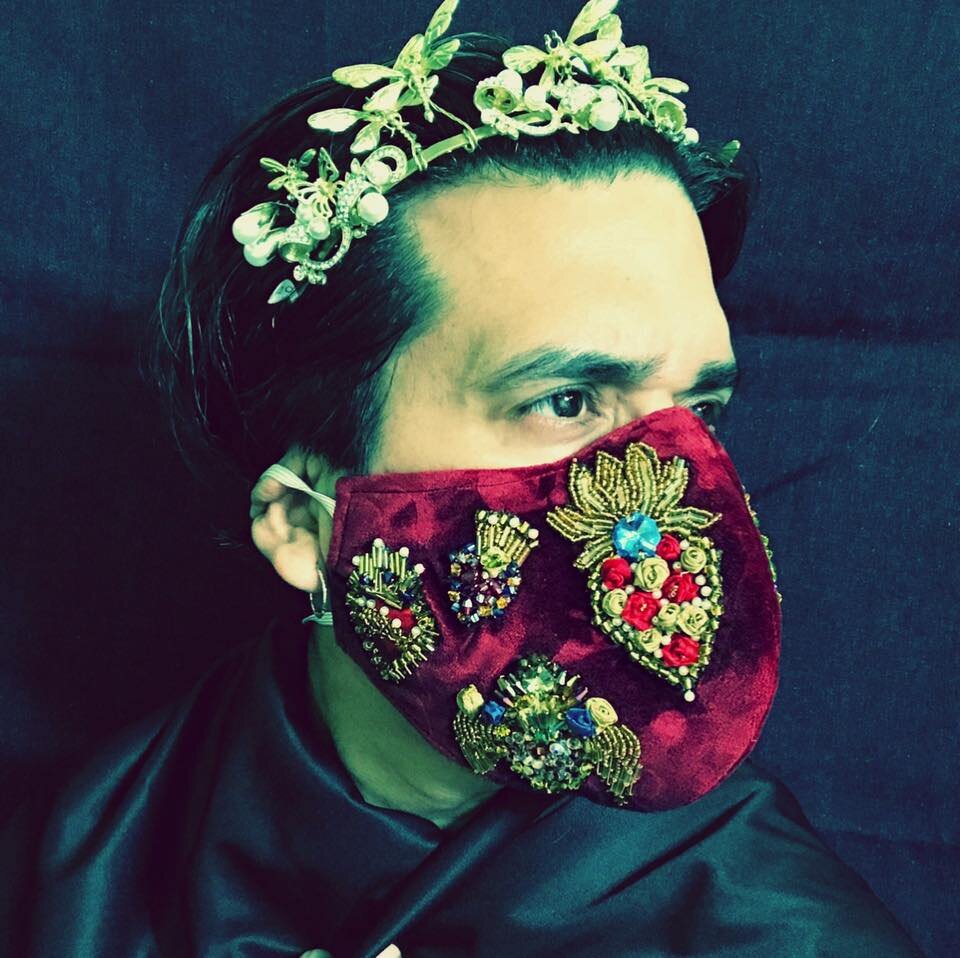
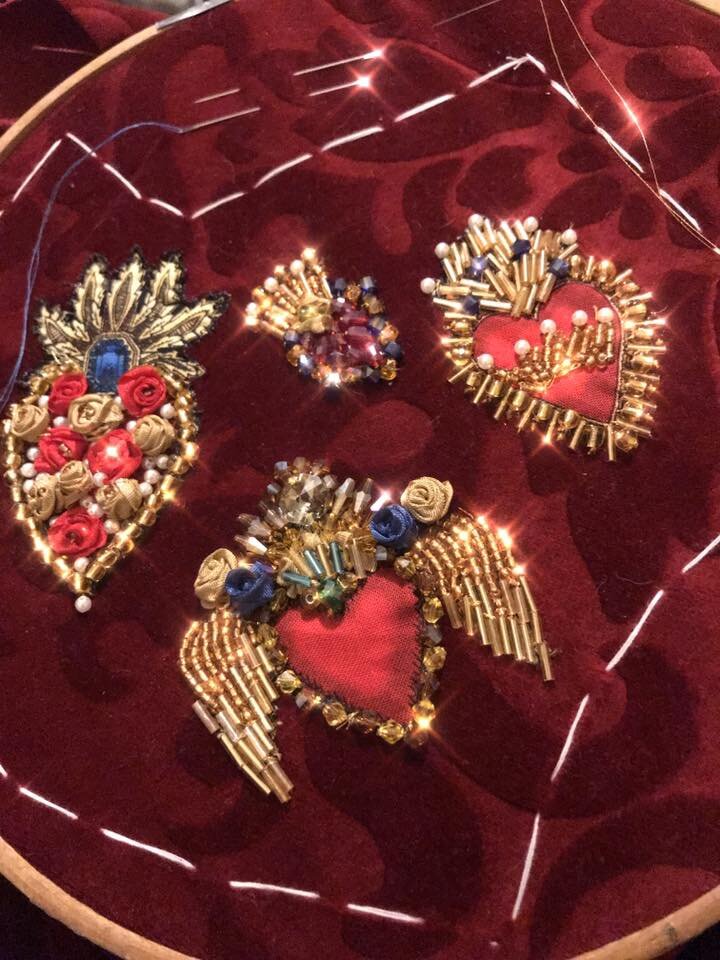
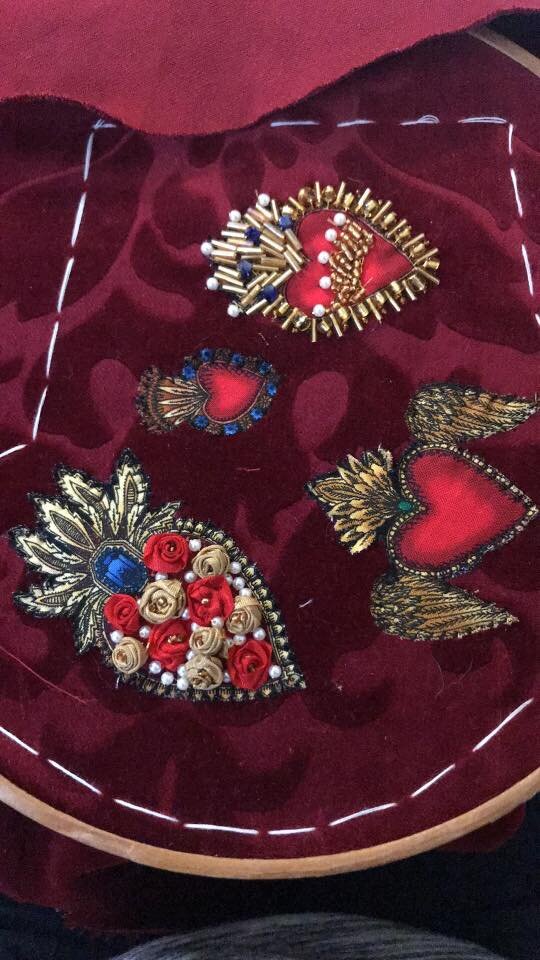



















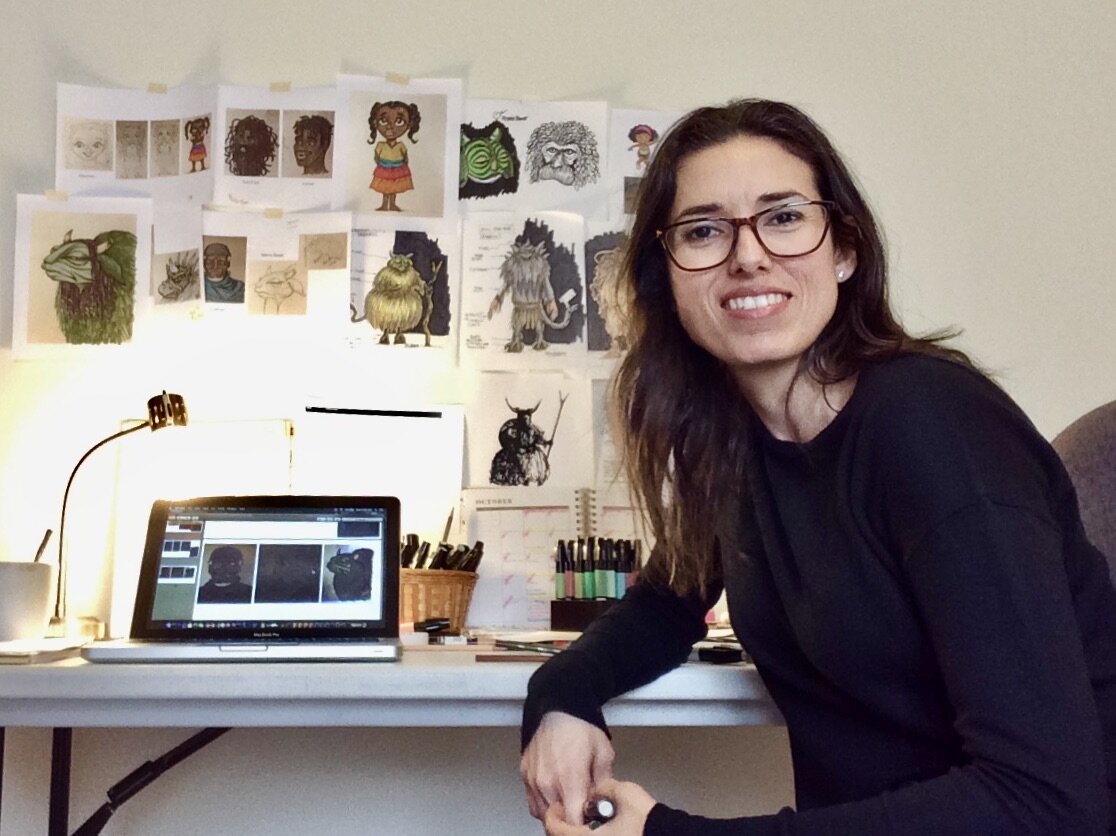


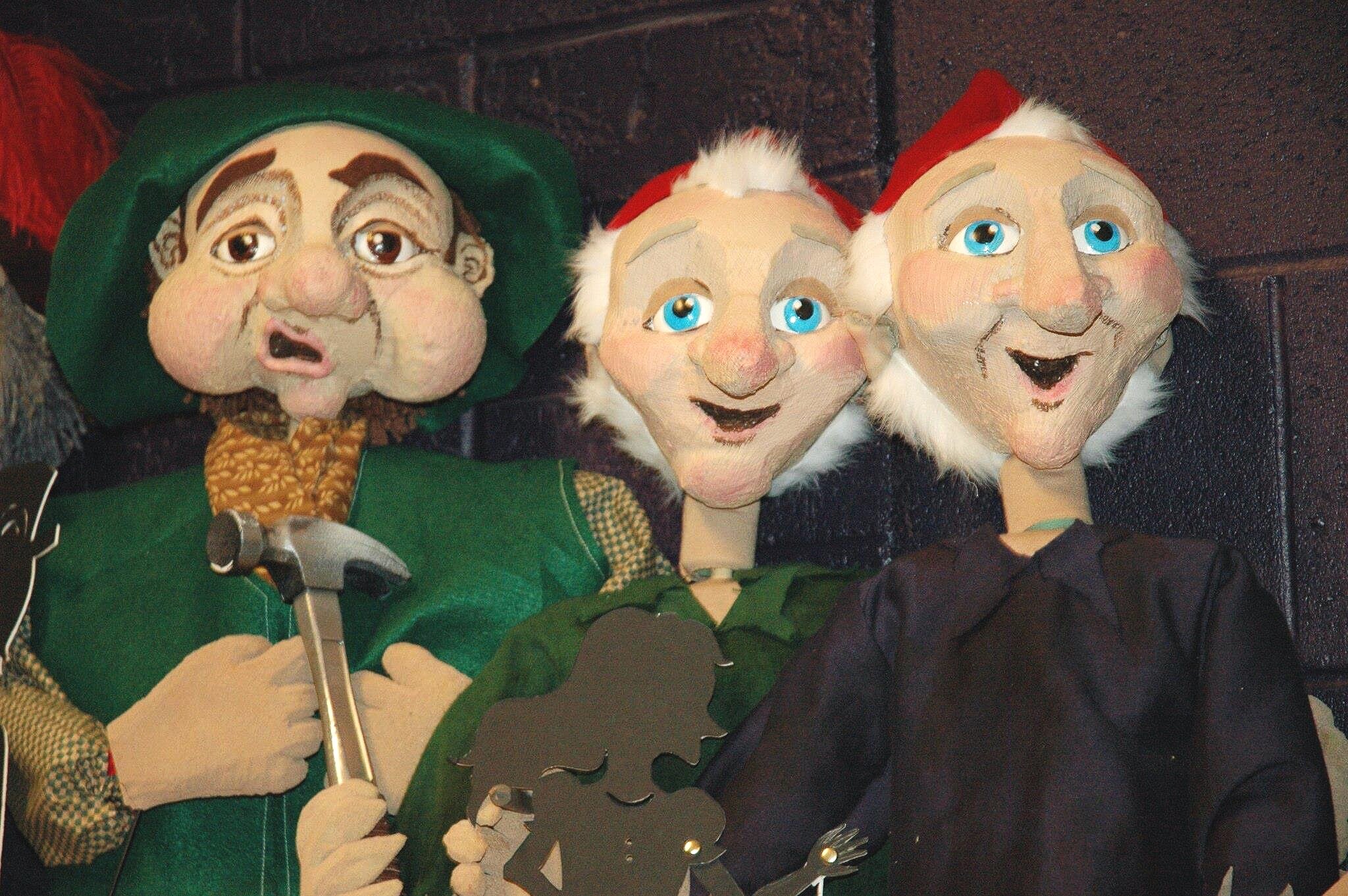
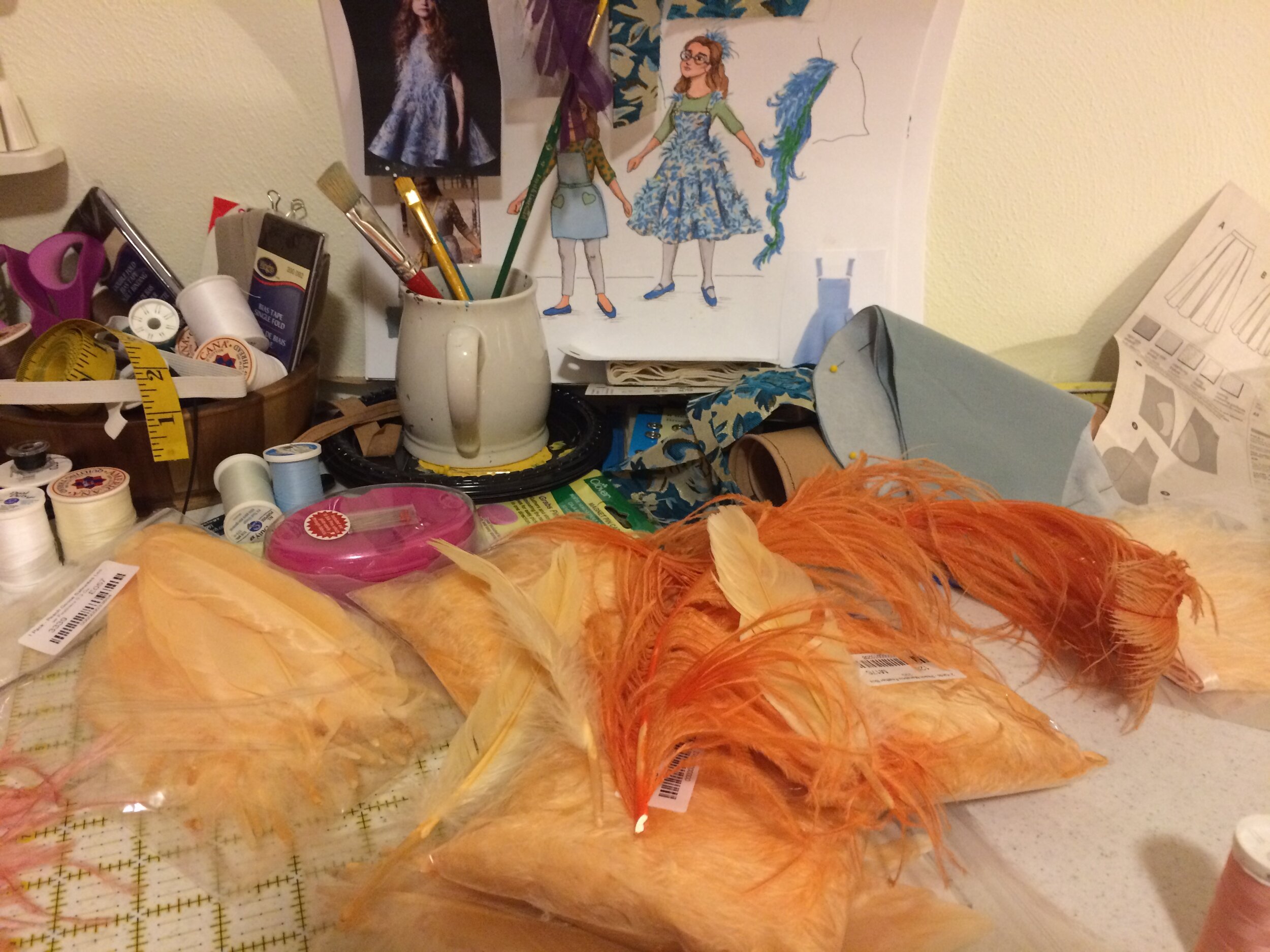
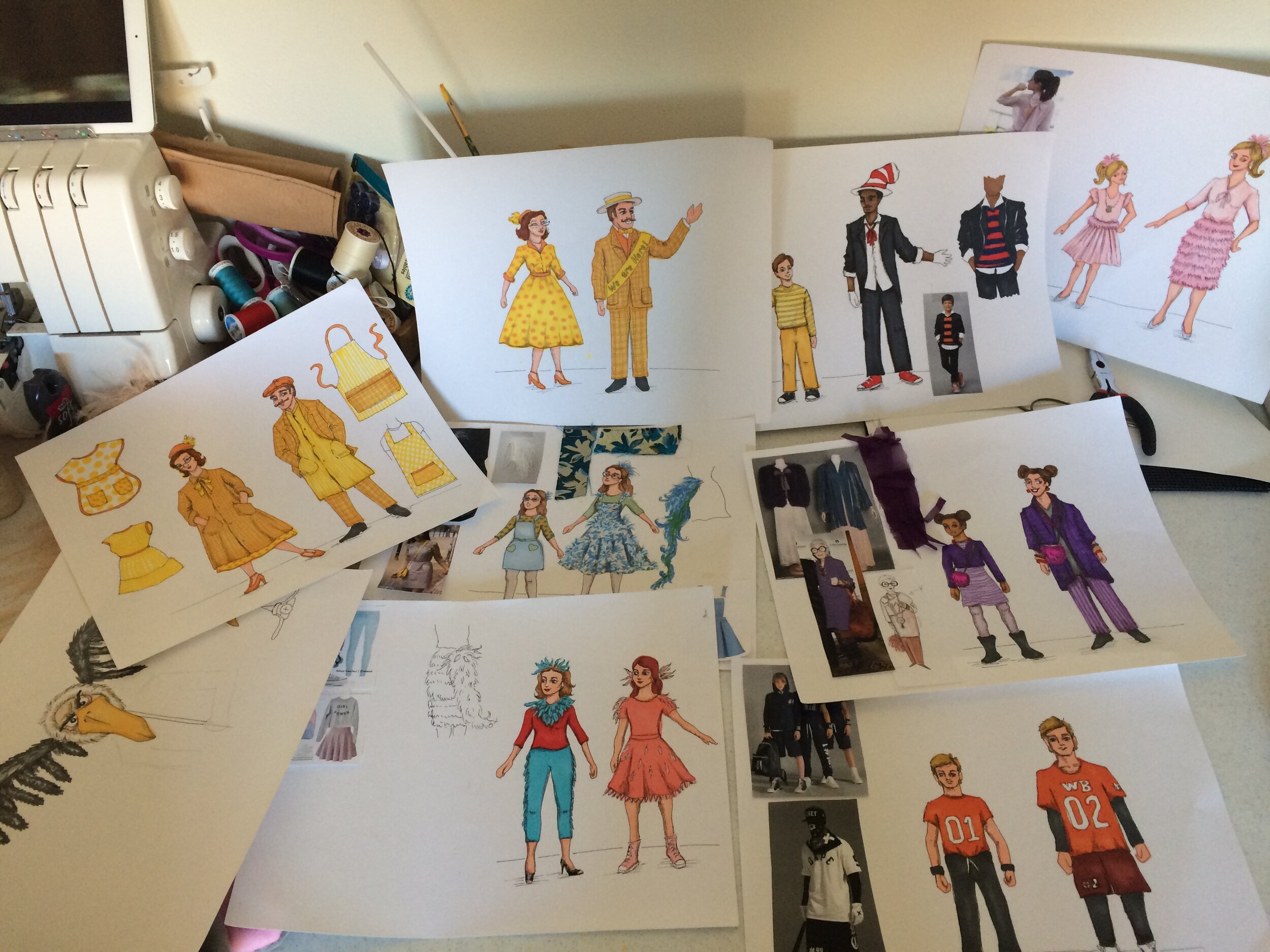
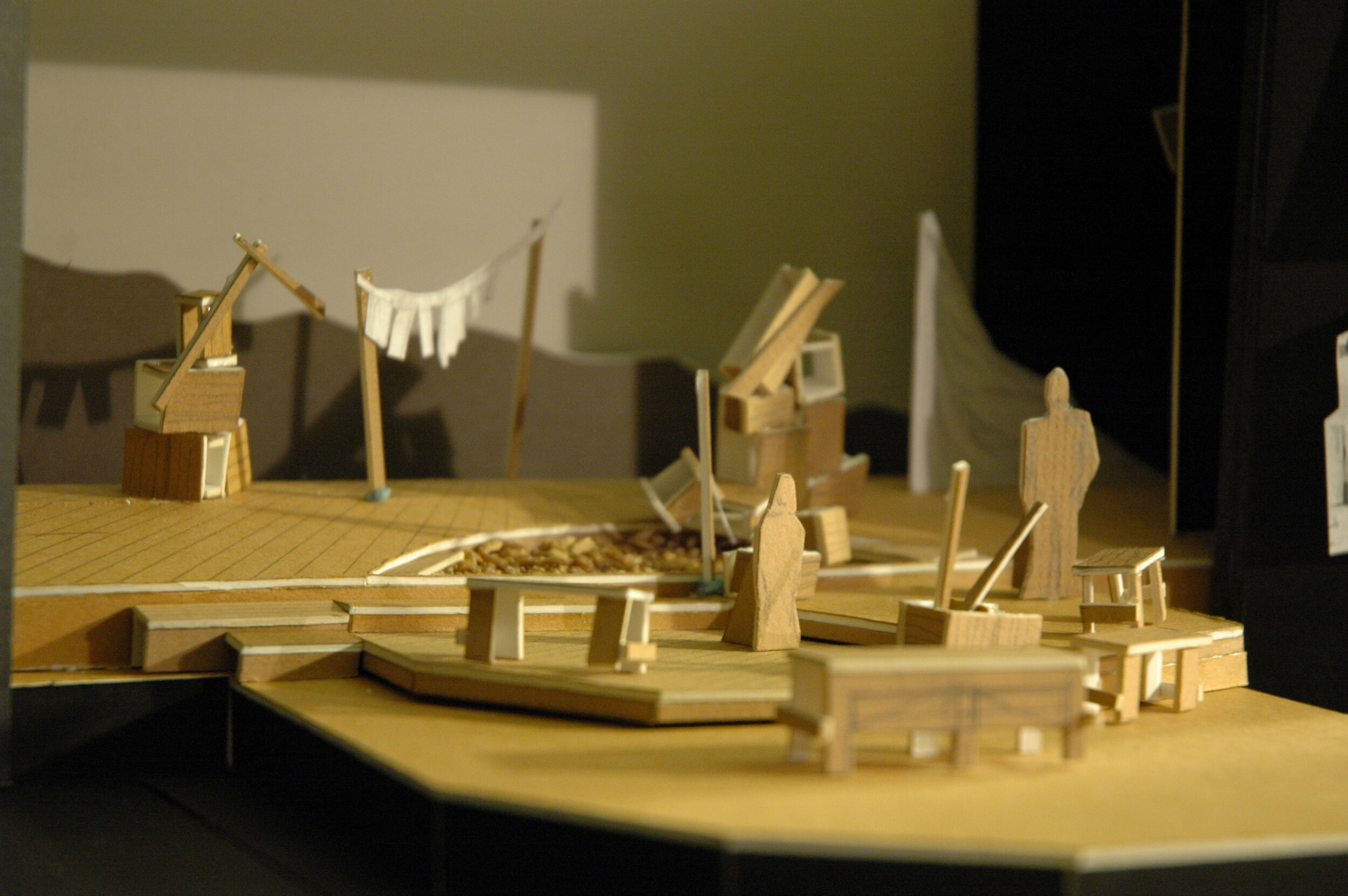

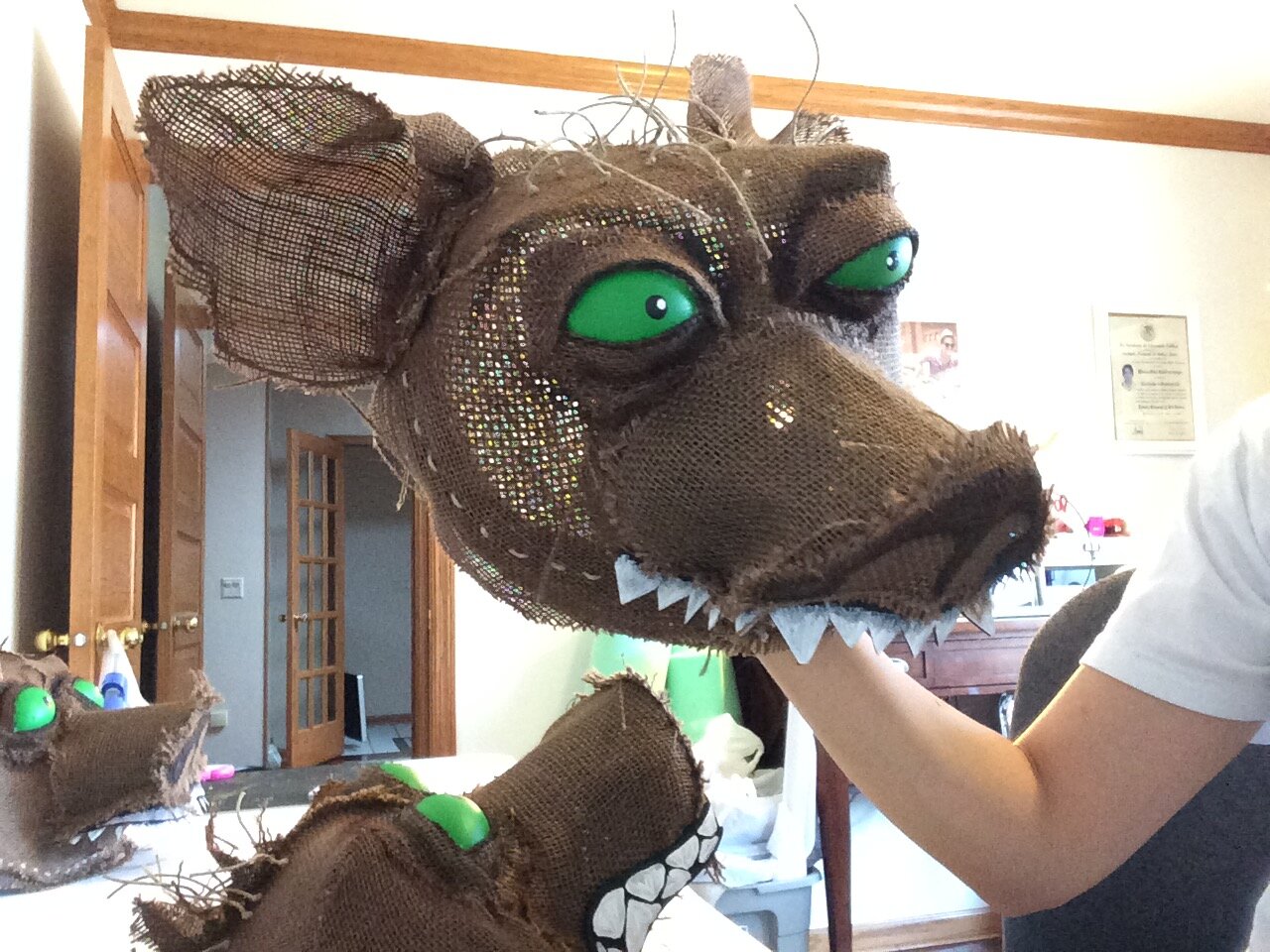
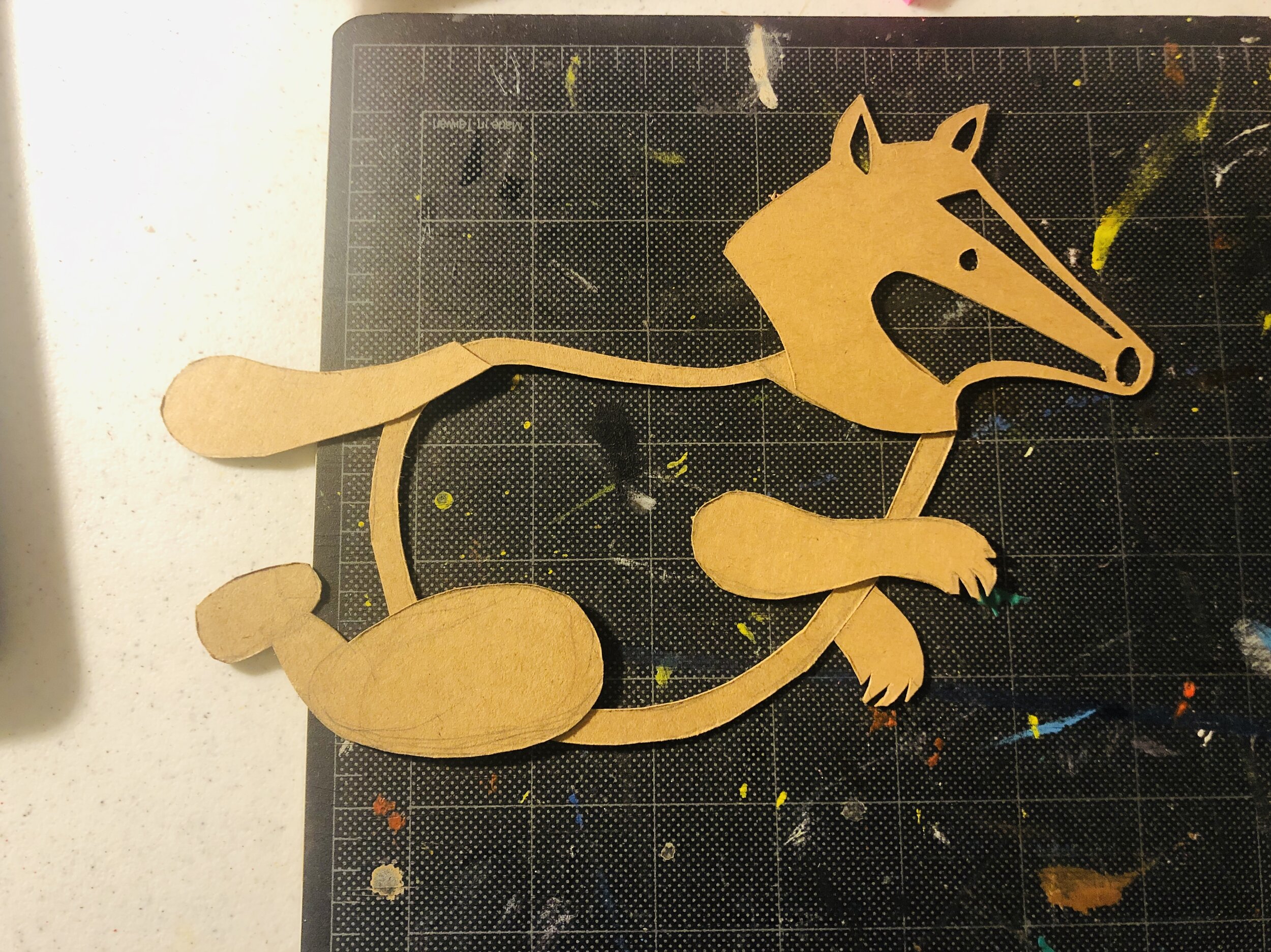
🎨 Domingos Creativos en Familia
¡Los domingos son para crear juntos! Te invitamos a participar en nuestra clase familiar de arte, un espacio donde chicos y grandes pueden explorar su creatividad, jugar con colores, texturas y materiales, y disfrutar de una experiencia artística única.
Durante los días del 25 de Enero, y el 8 de Febrero nuestro proyecto sera pintar este bello corazón alado hecho de papel mache. Cada registro equivale a un kit de un proyecto.
🕒 Duración: 1 hora y media
📅 Todos los domingos a la 1:30 p.m.
👧 Edad recomendada: A partir de 4 años
🎨 Todos los materiales están incluidos
¡Ven a compartir momentos de arte, diversión y conexión familiar mientras creamos juntos!
🎨 Creative Sundays for the Family
Sundays are for creating together! Join our family art class, a space where kids and adults can explore their creativity, play with colors, textures, and materials, and enjoy a unique artistic experience.
During the days of January 25, and February 8, our project will be to paint this beautiful winged heart made of papier-mâché. Each registration includes one project kit.
🕒 Duration: 1 hour and 30 minutes
📅 Every Sunday at 1:30 p.m.
👧 Recommended age: 4 and up
🎨 All materials included
Come share moments of art, fun, and family connection as we create together!